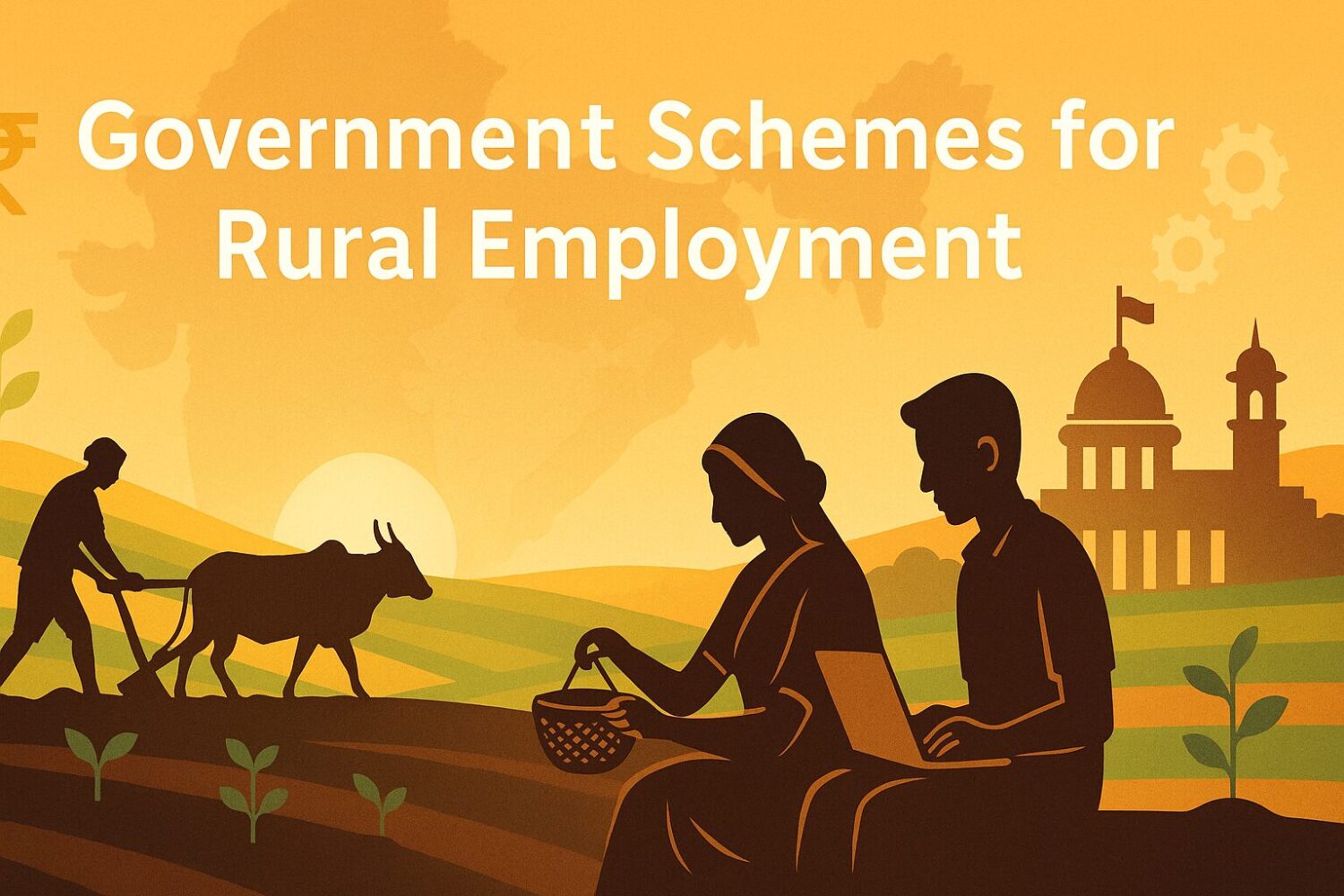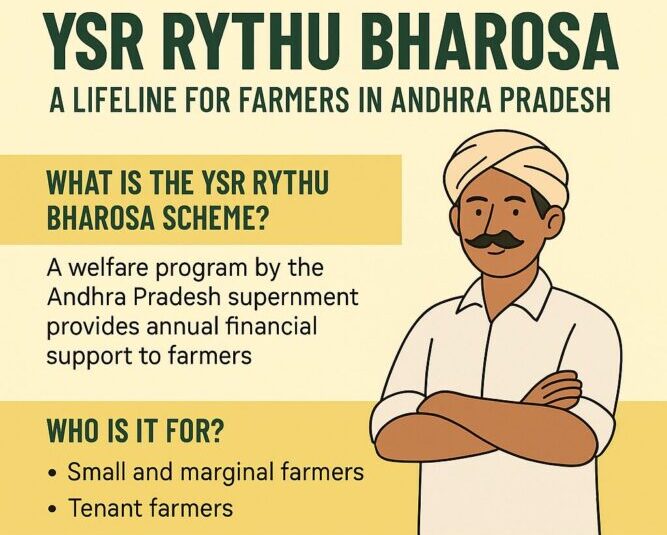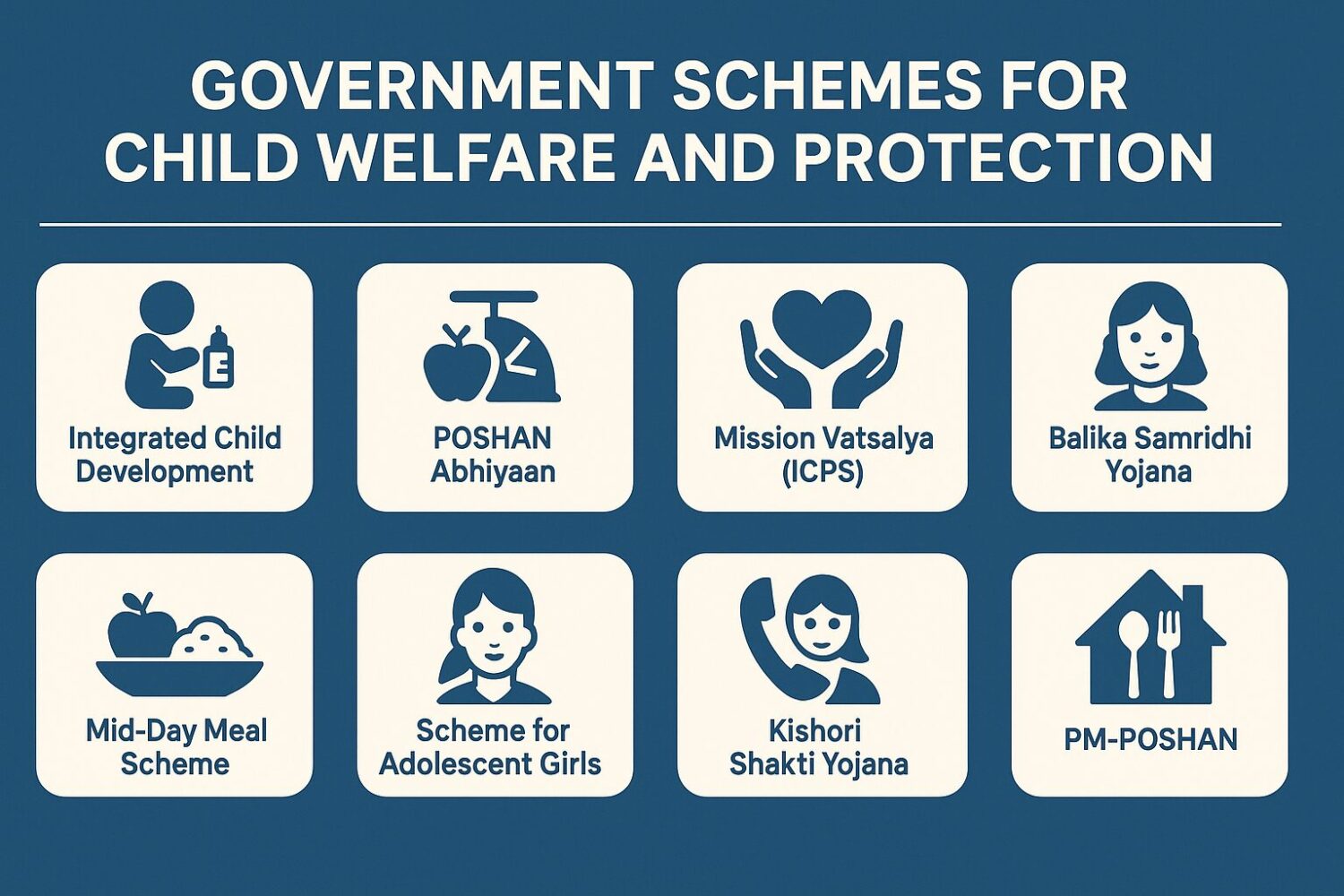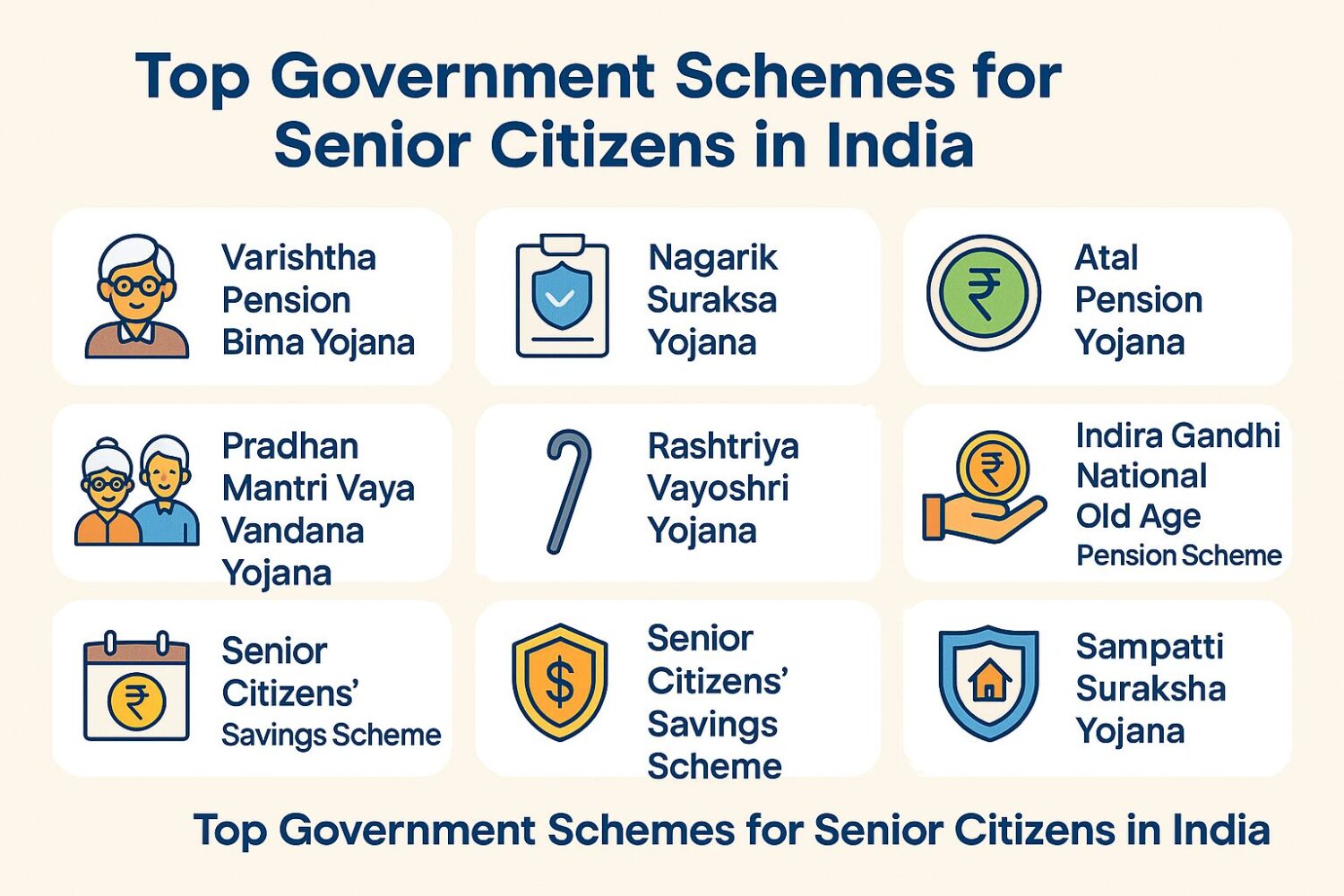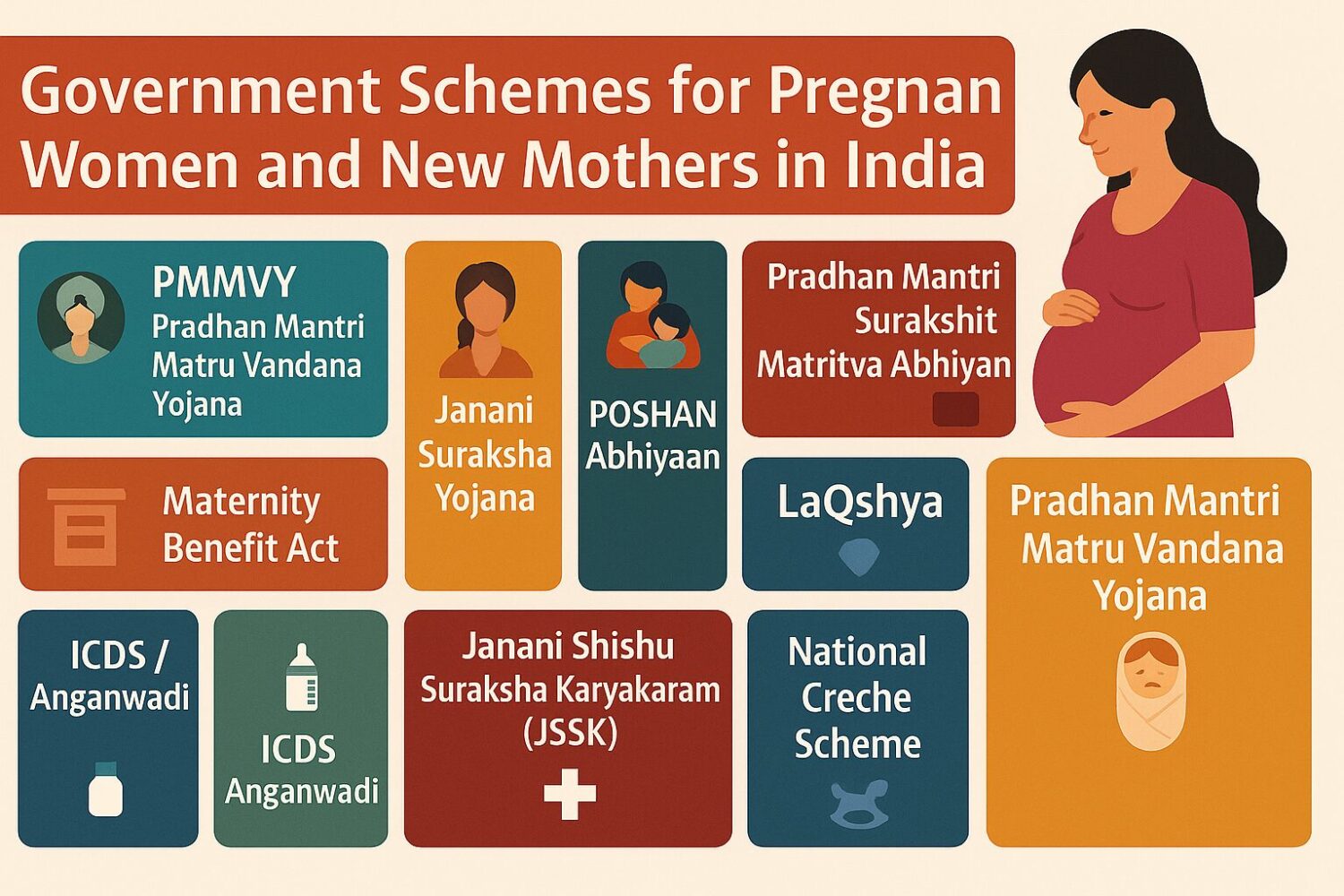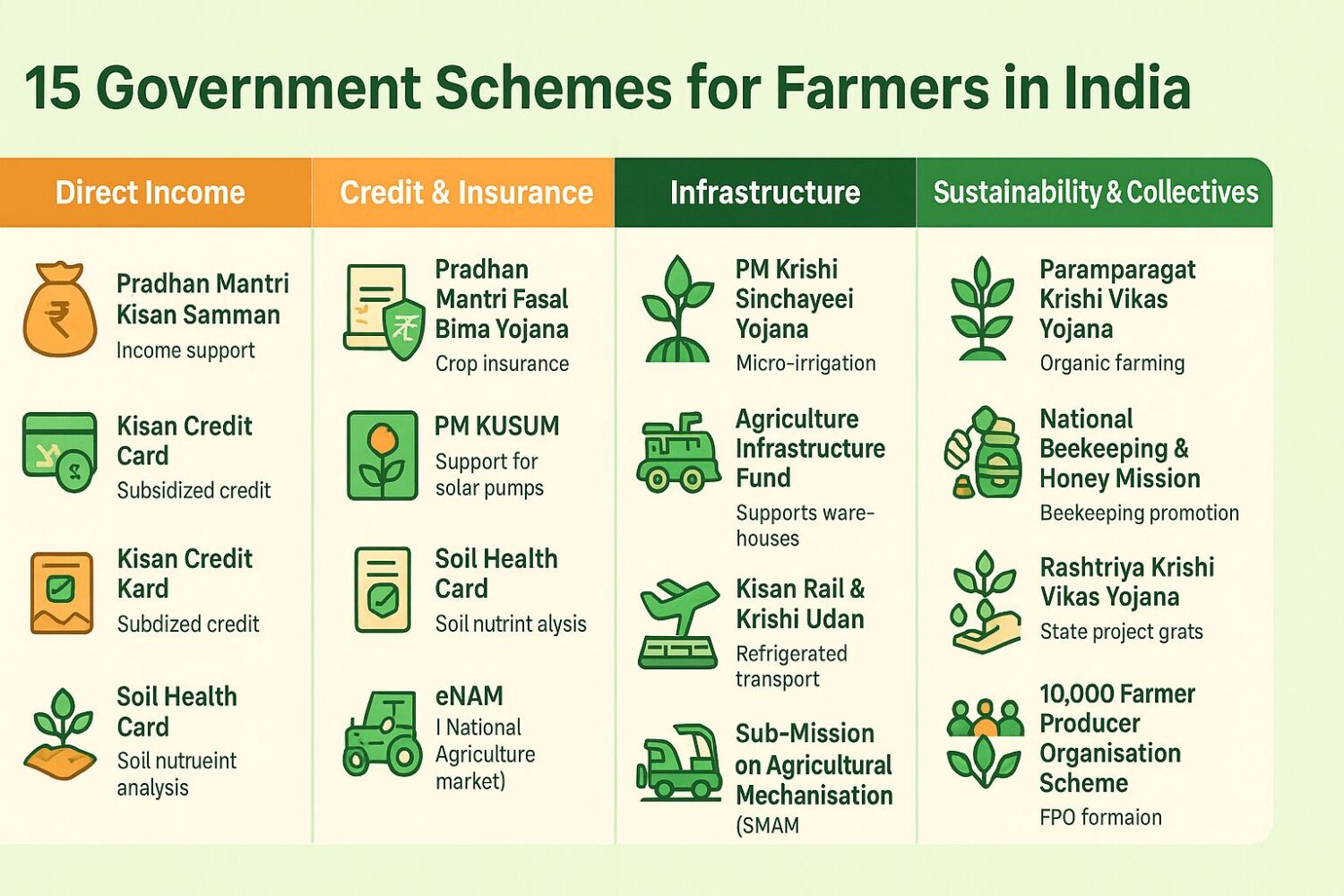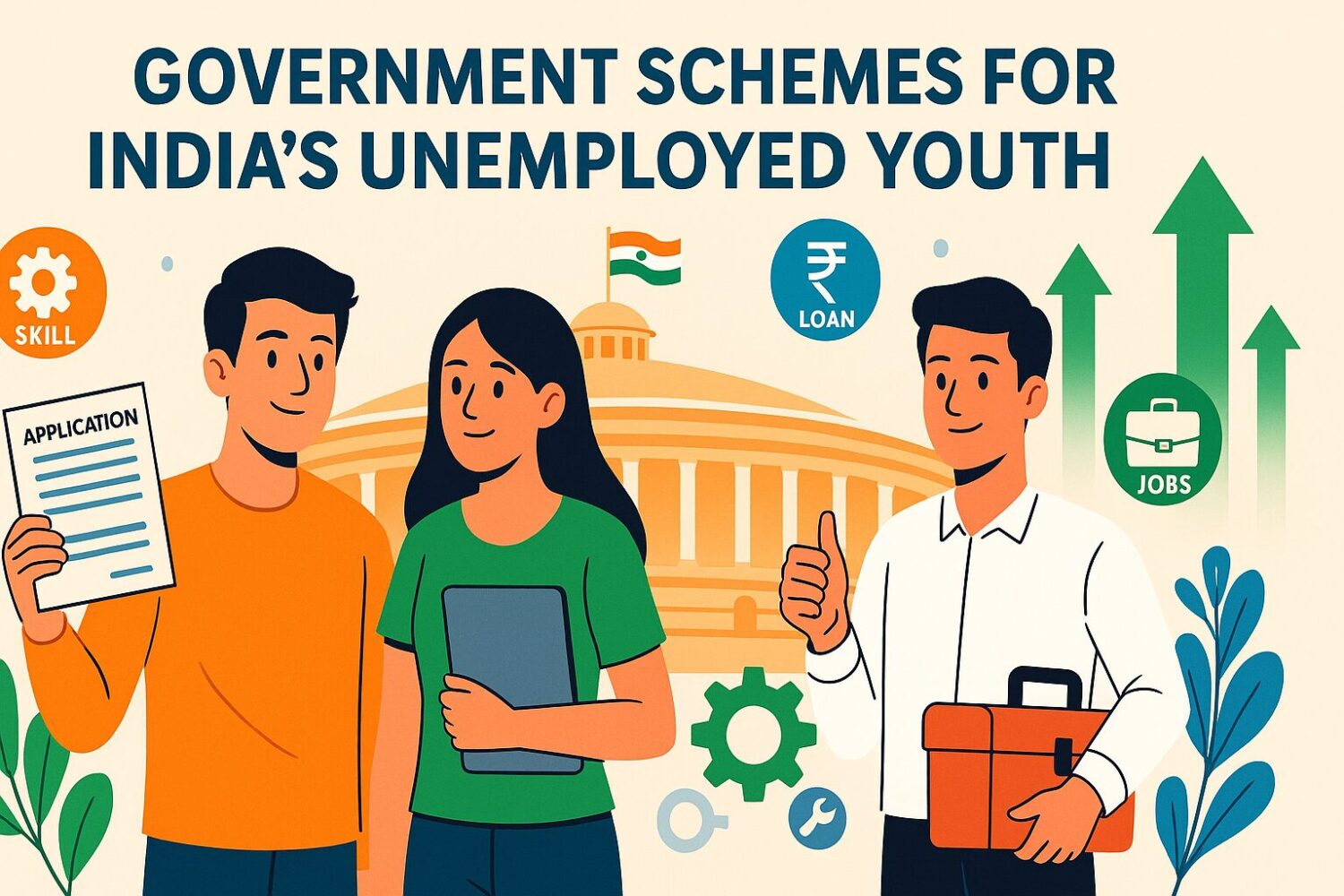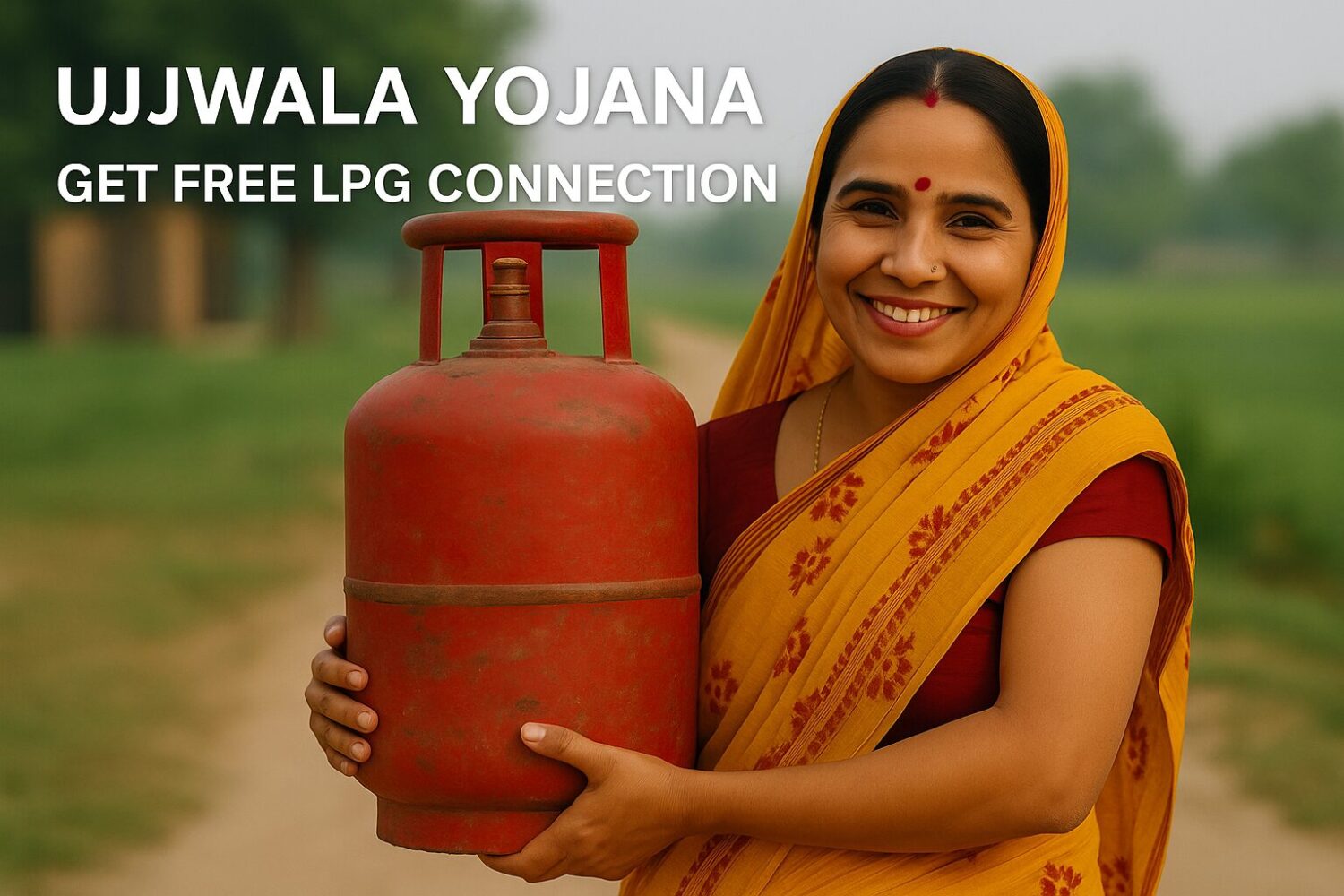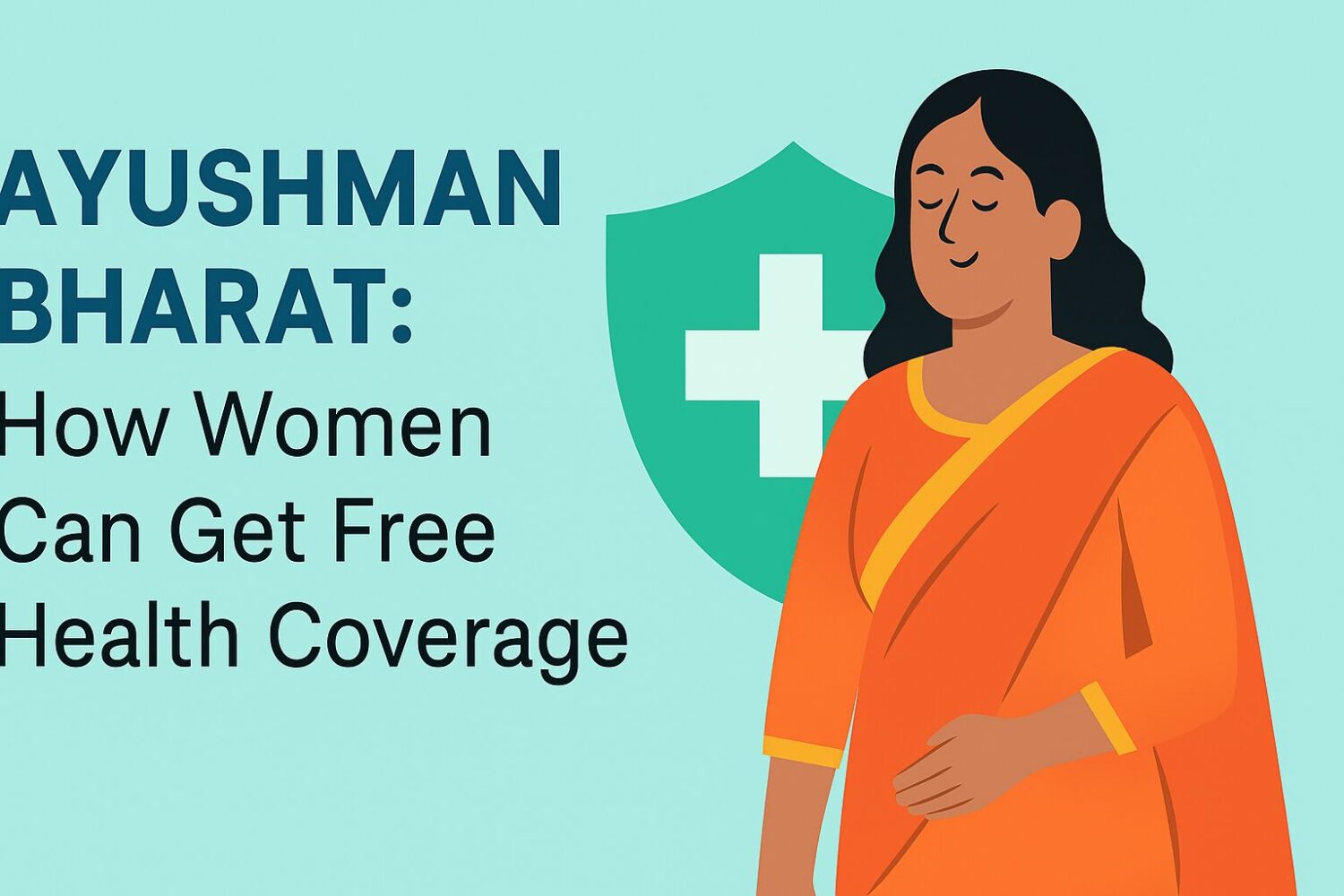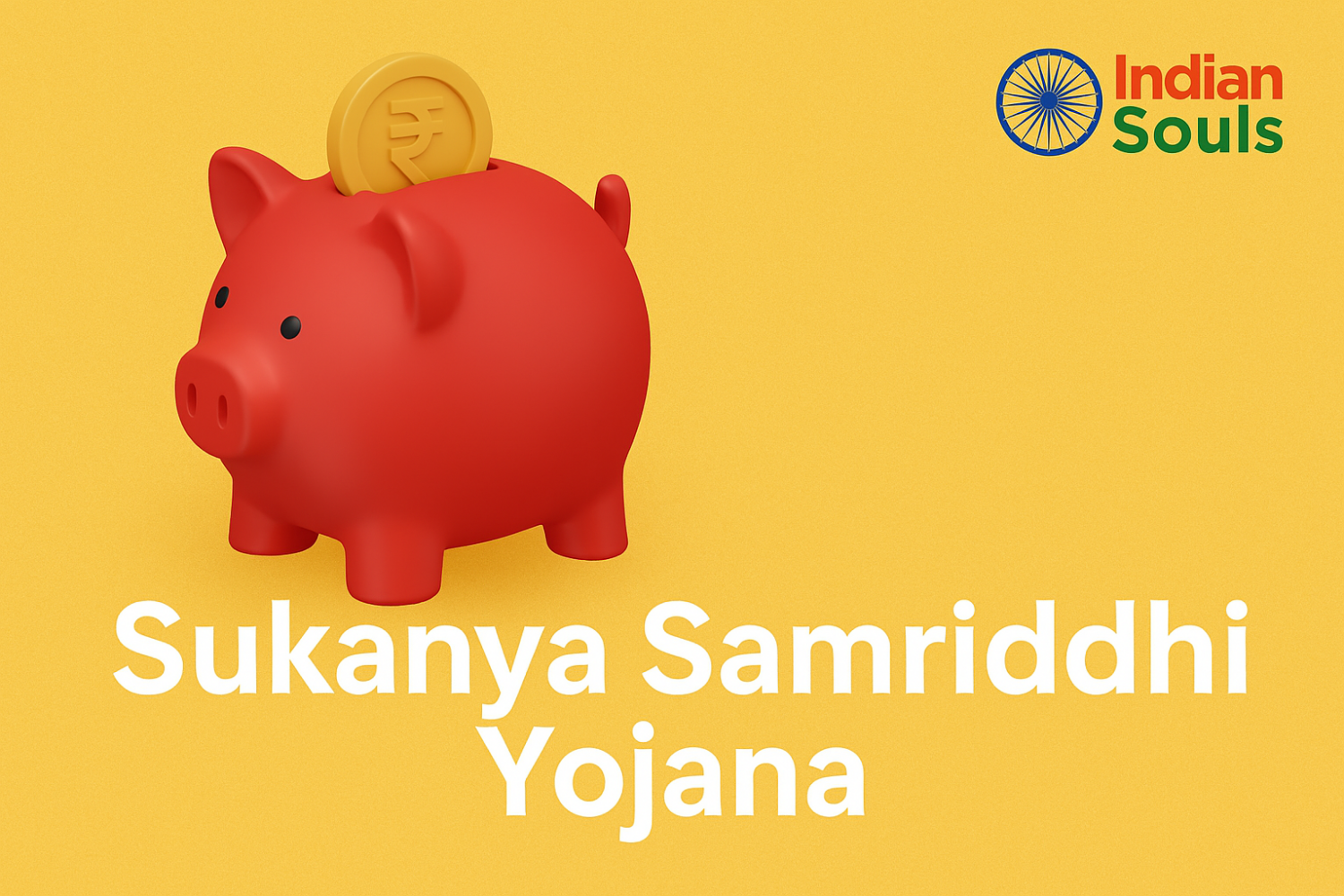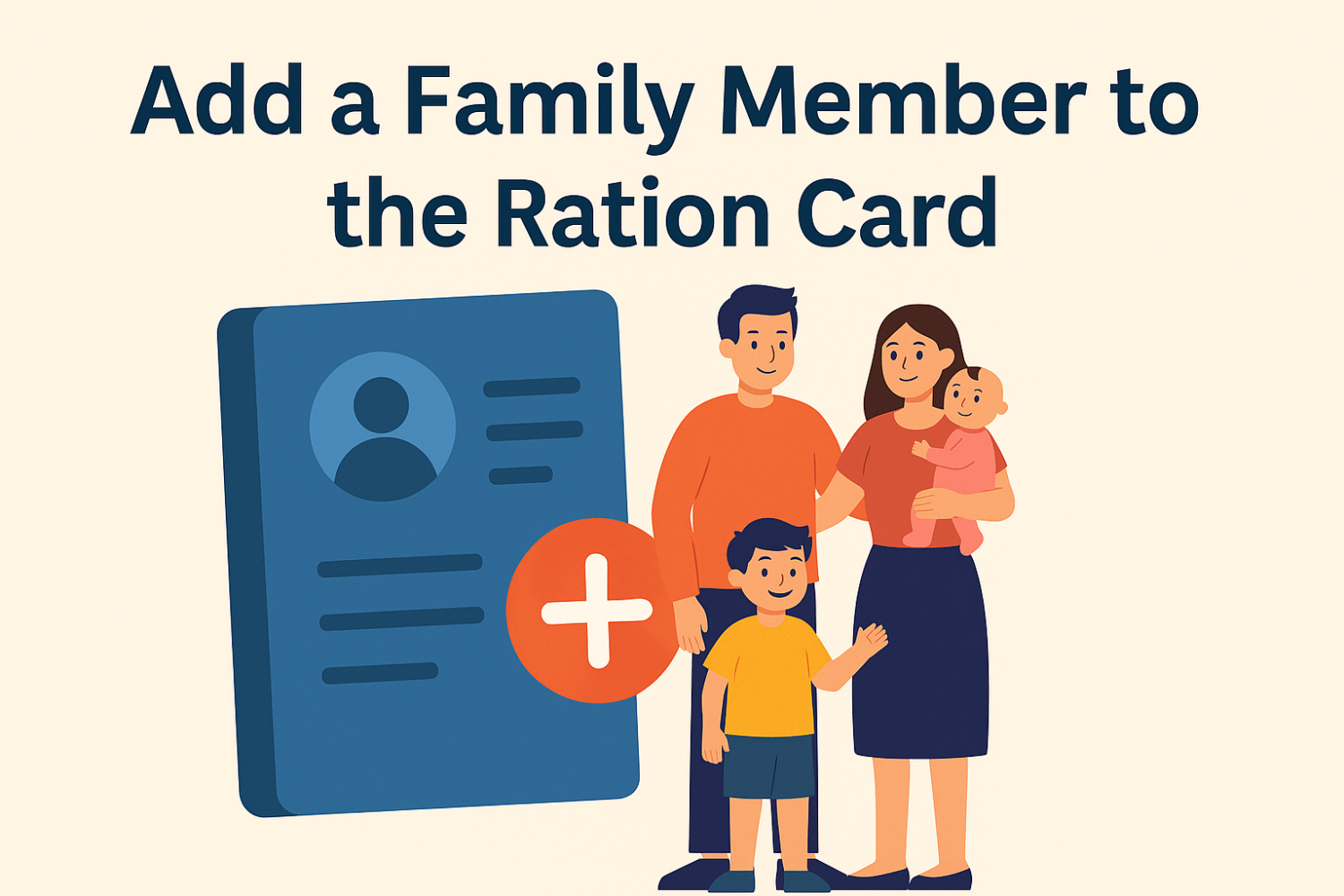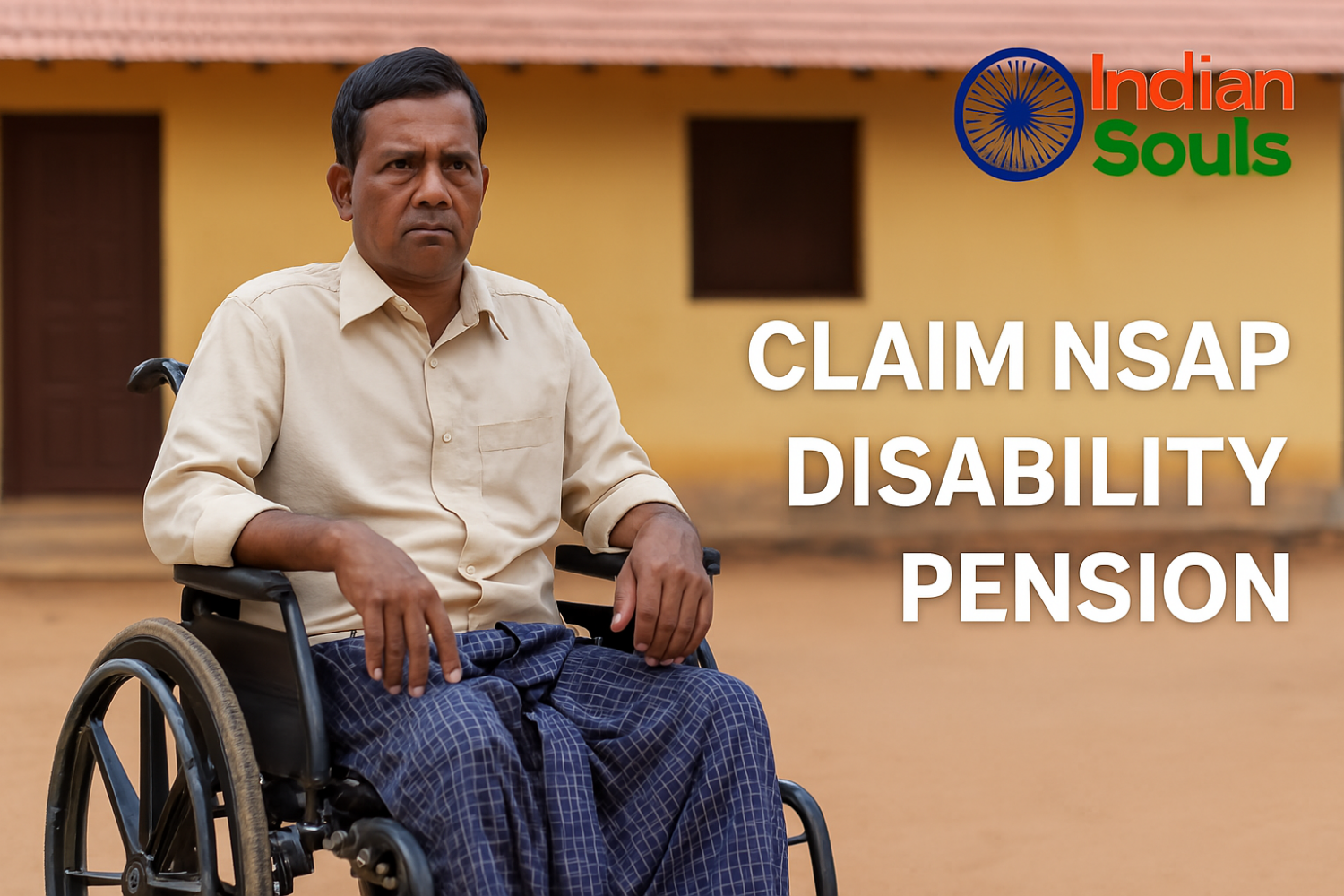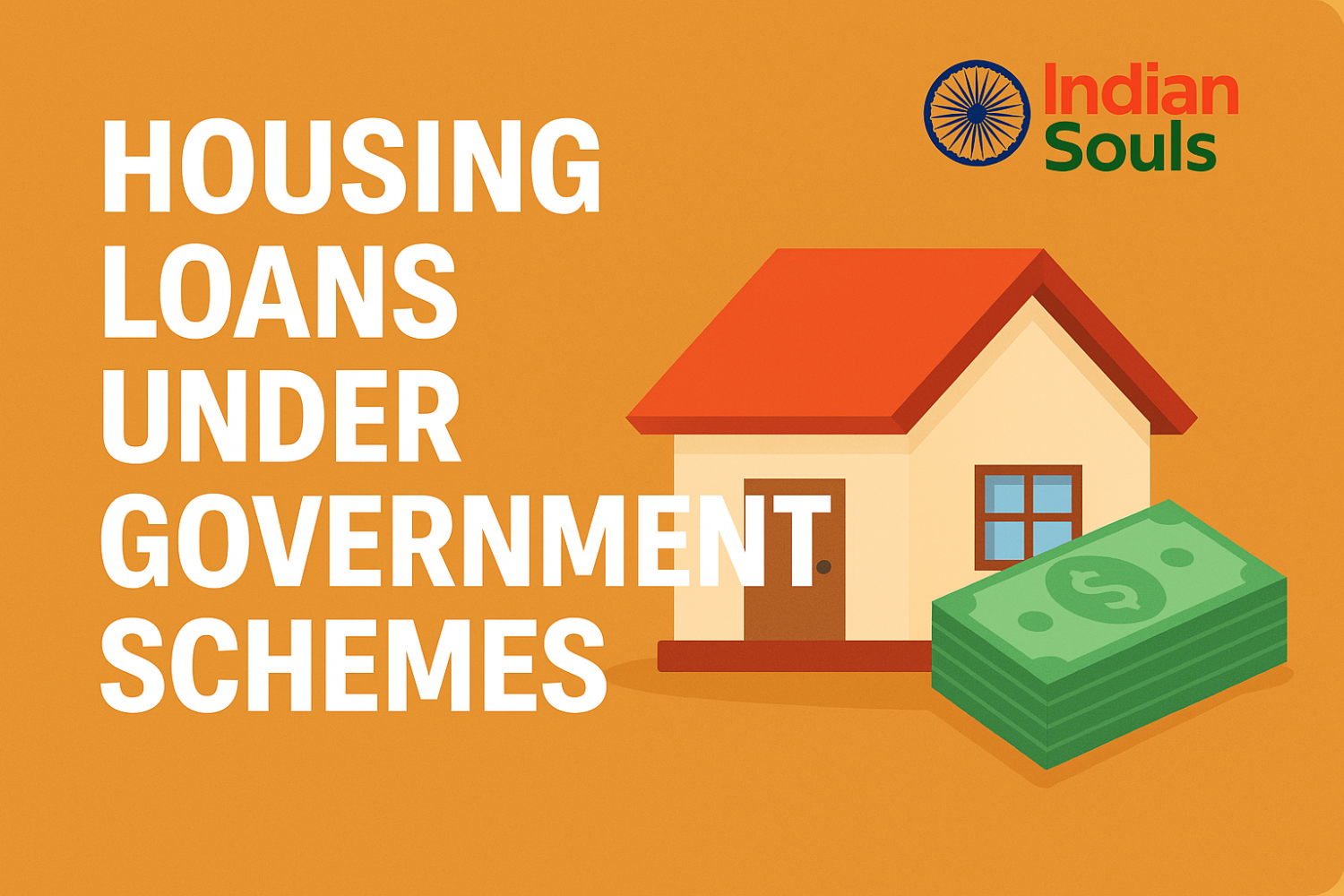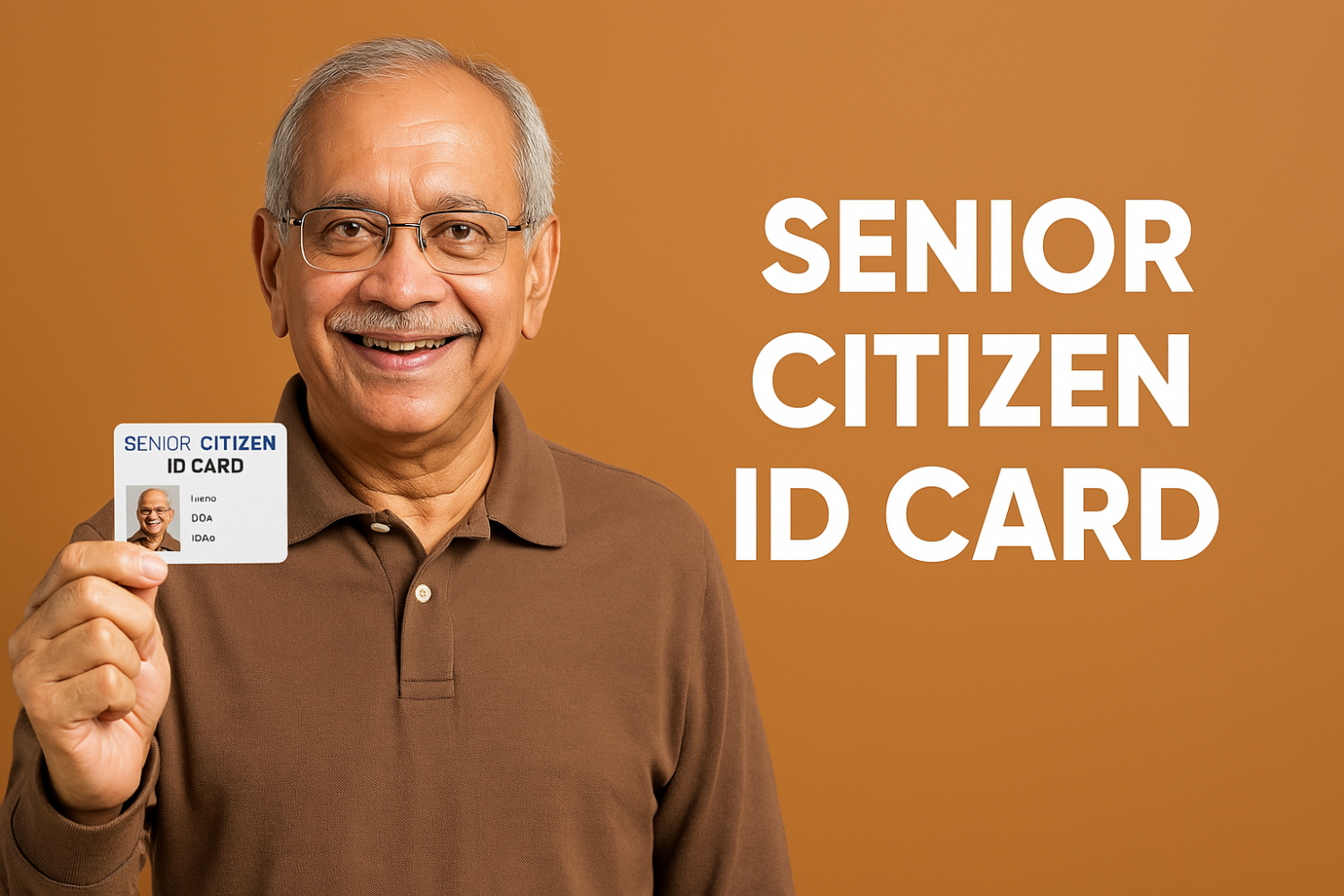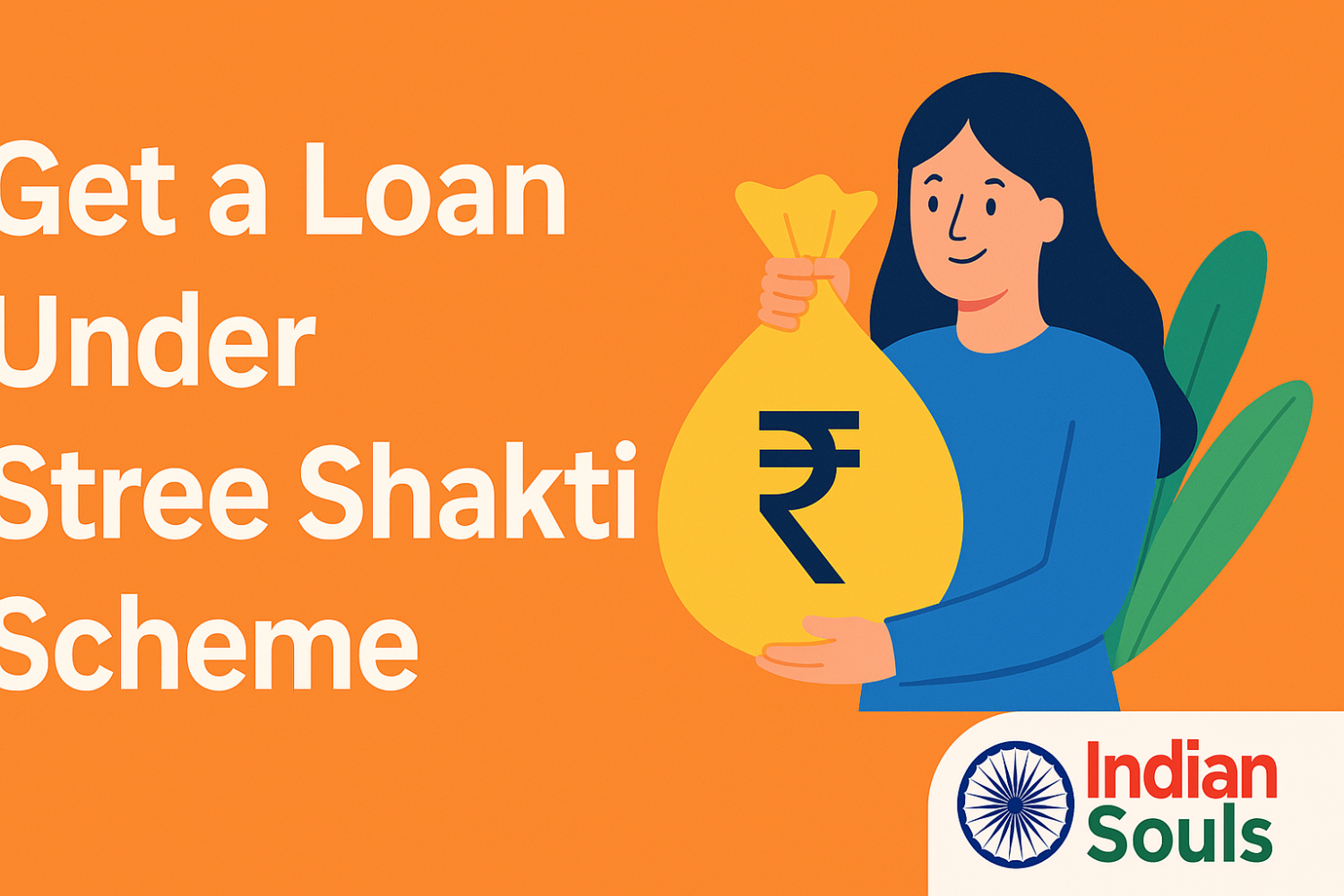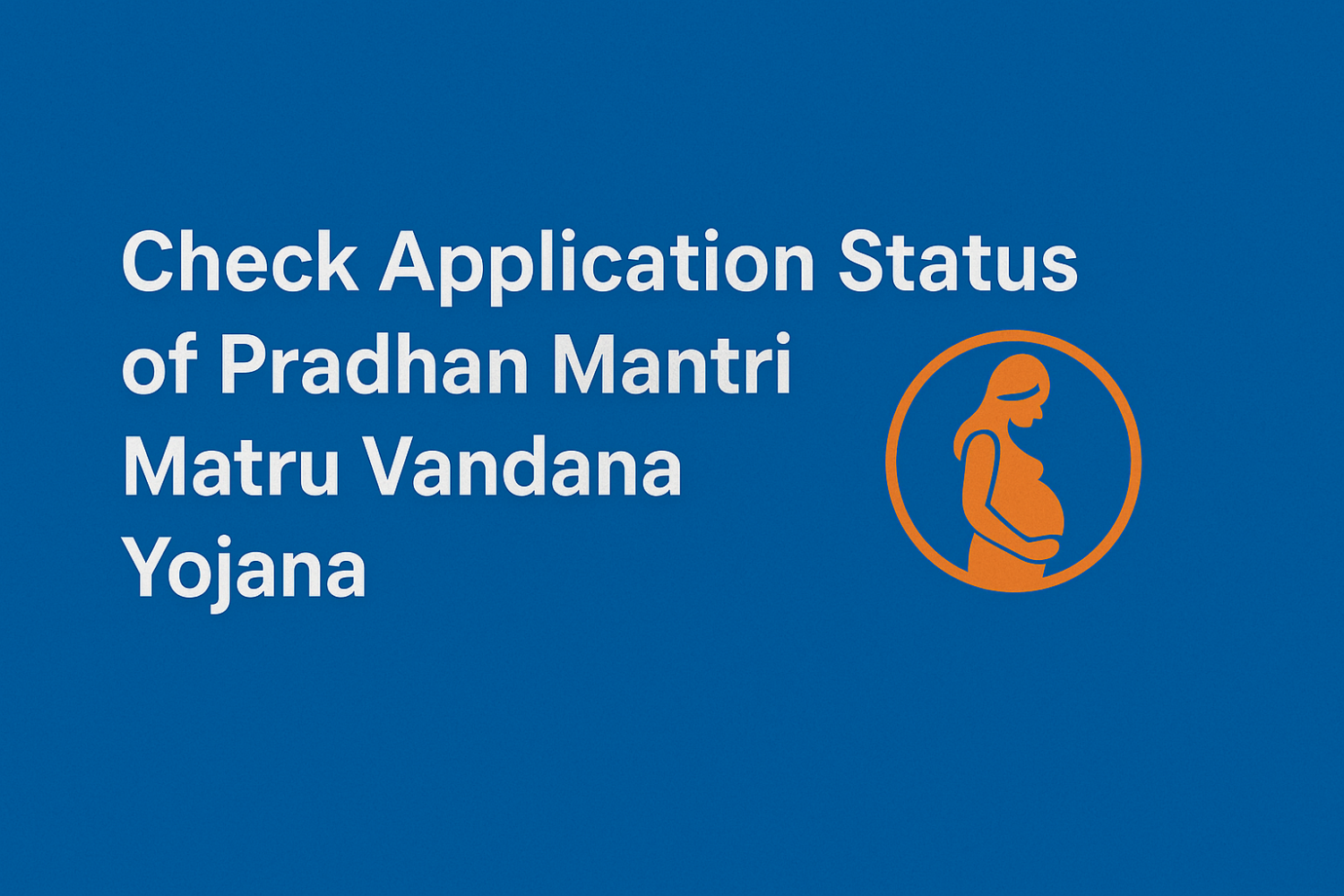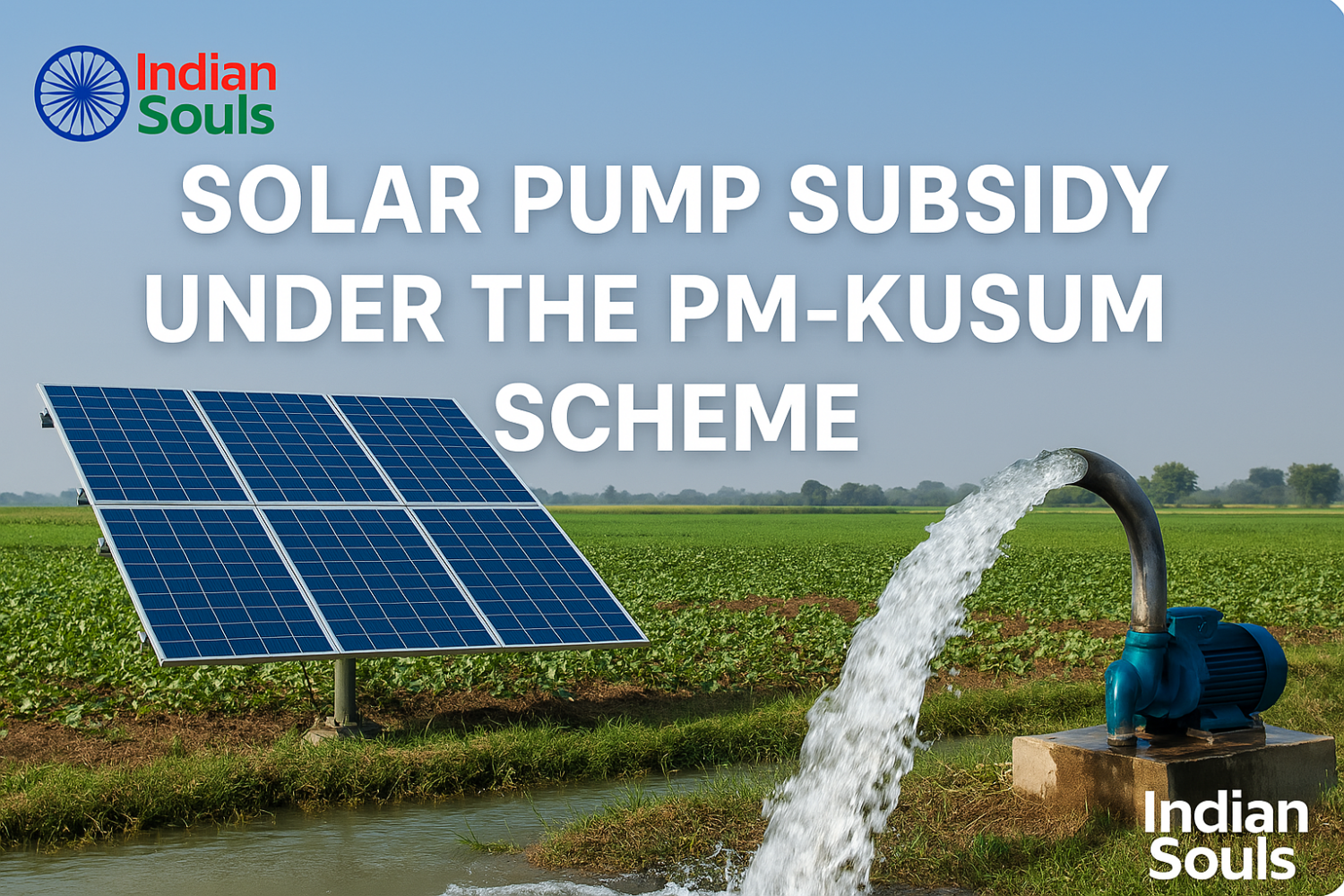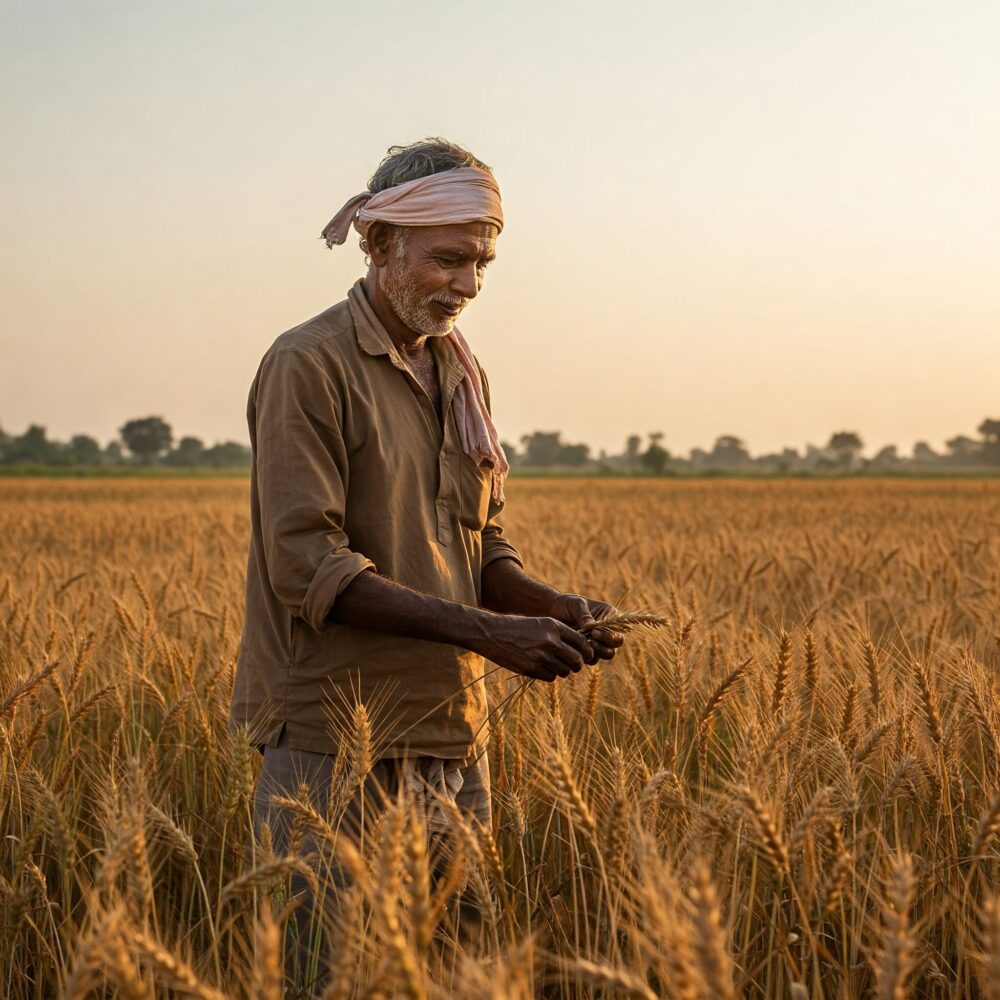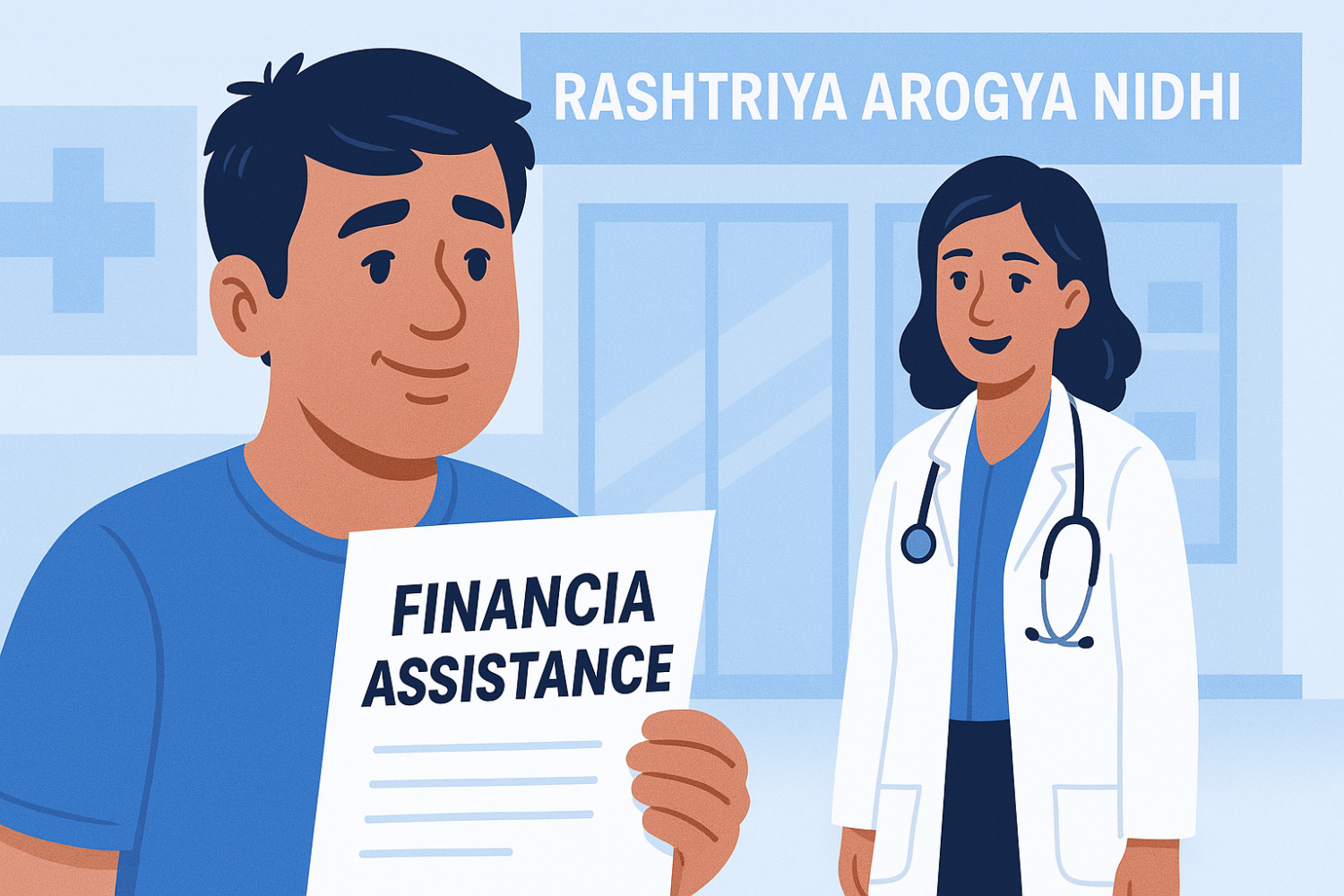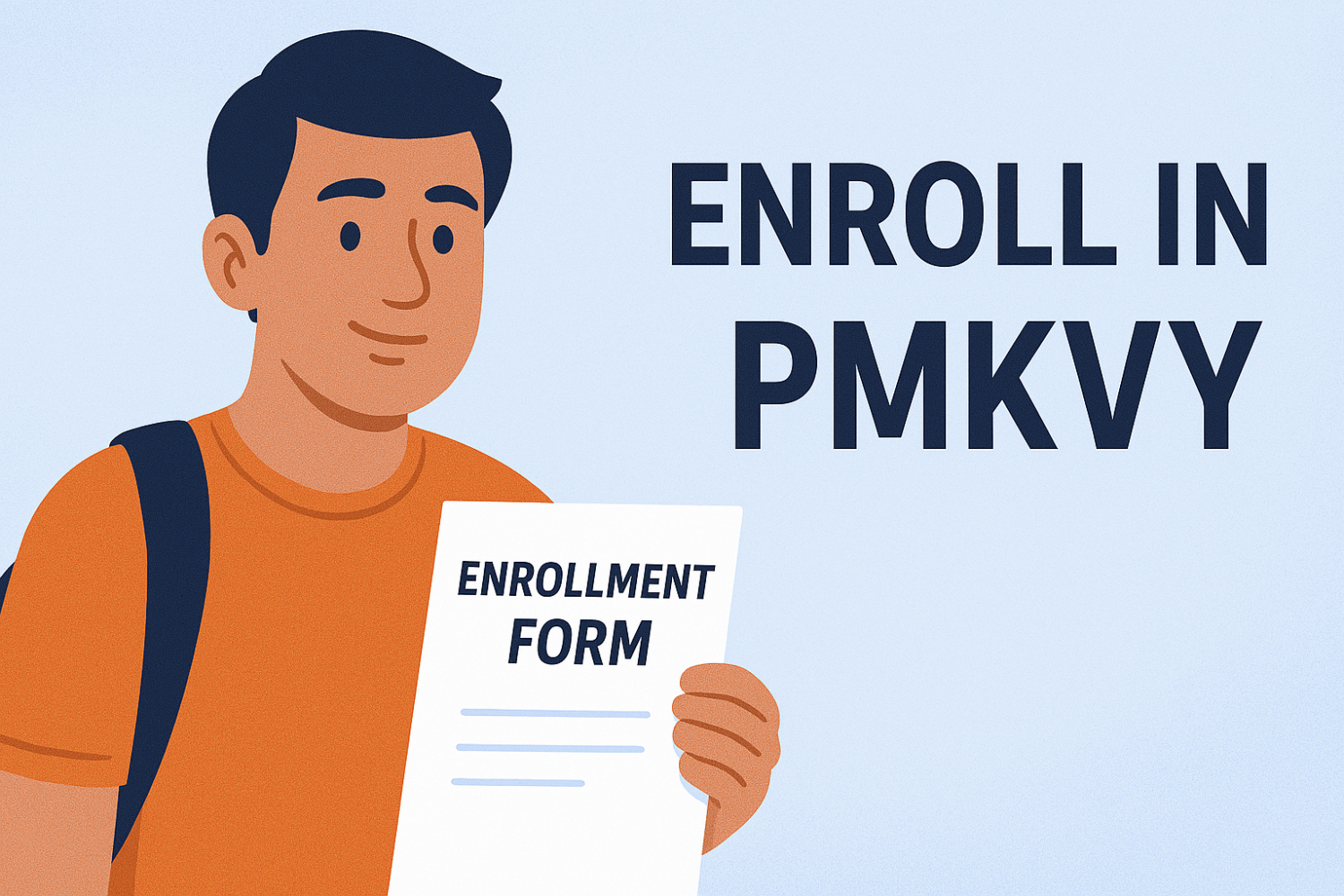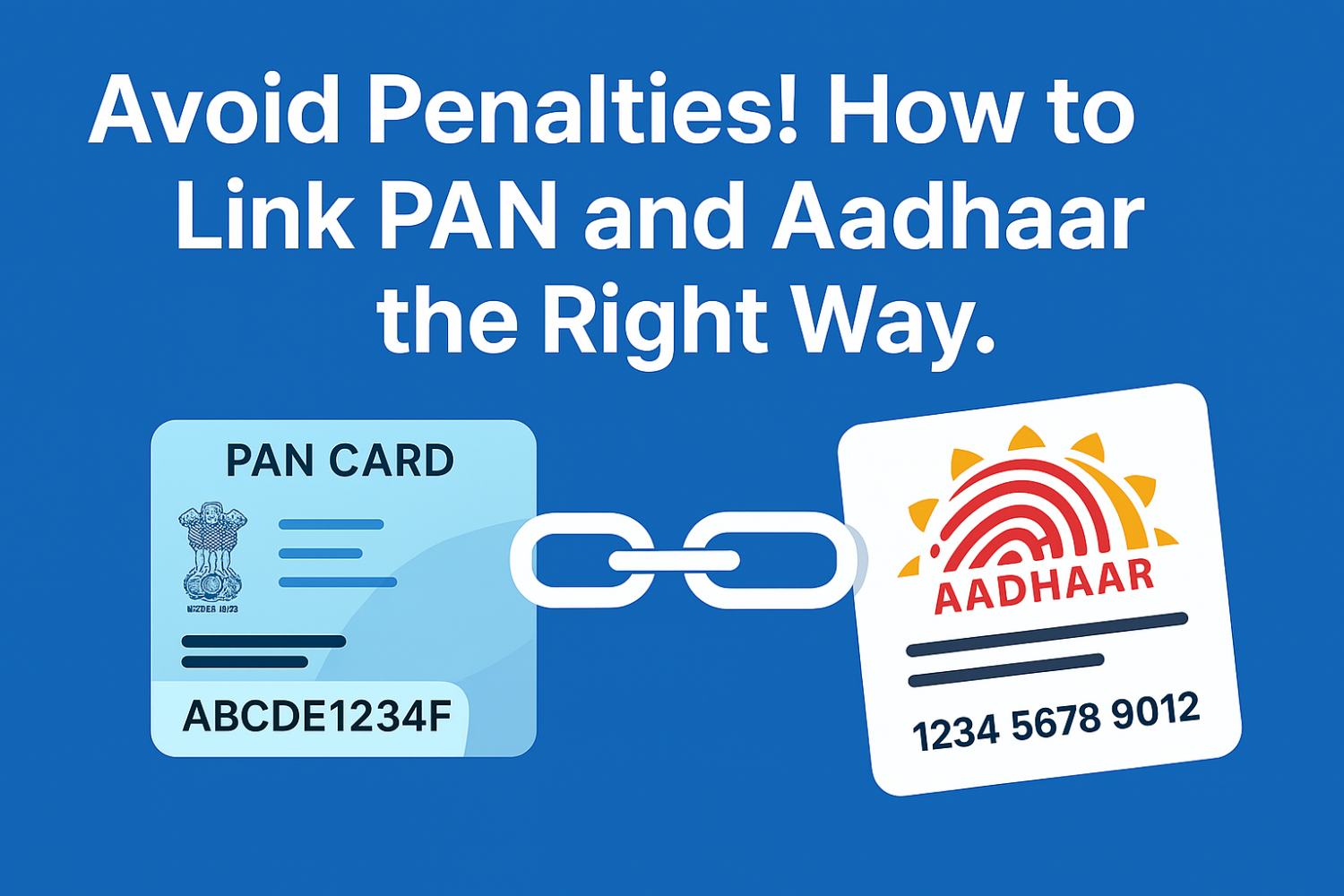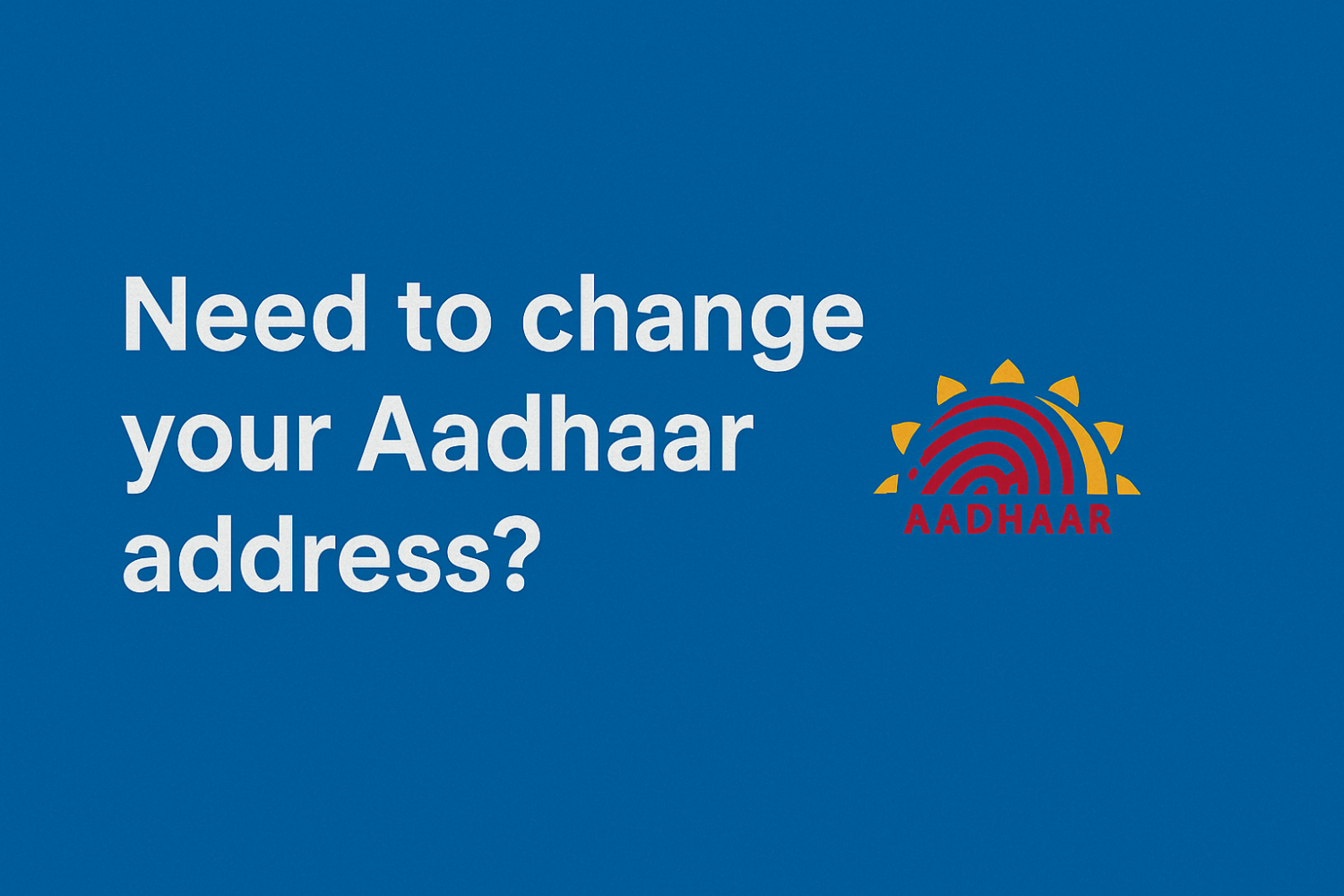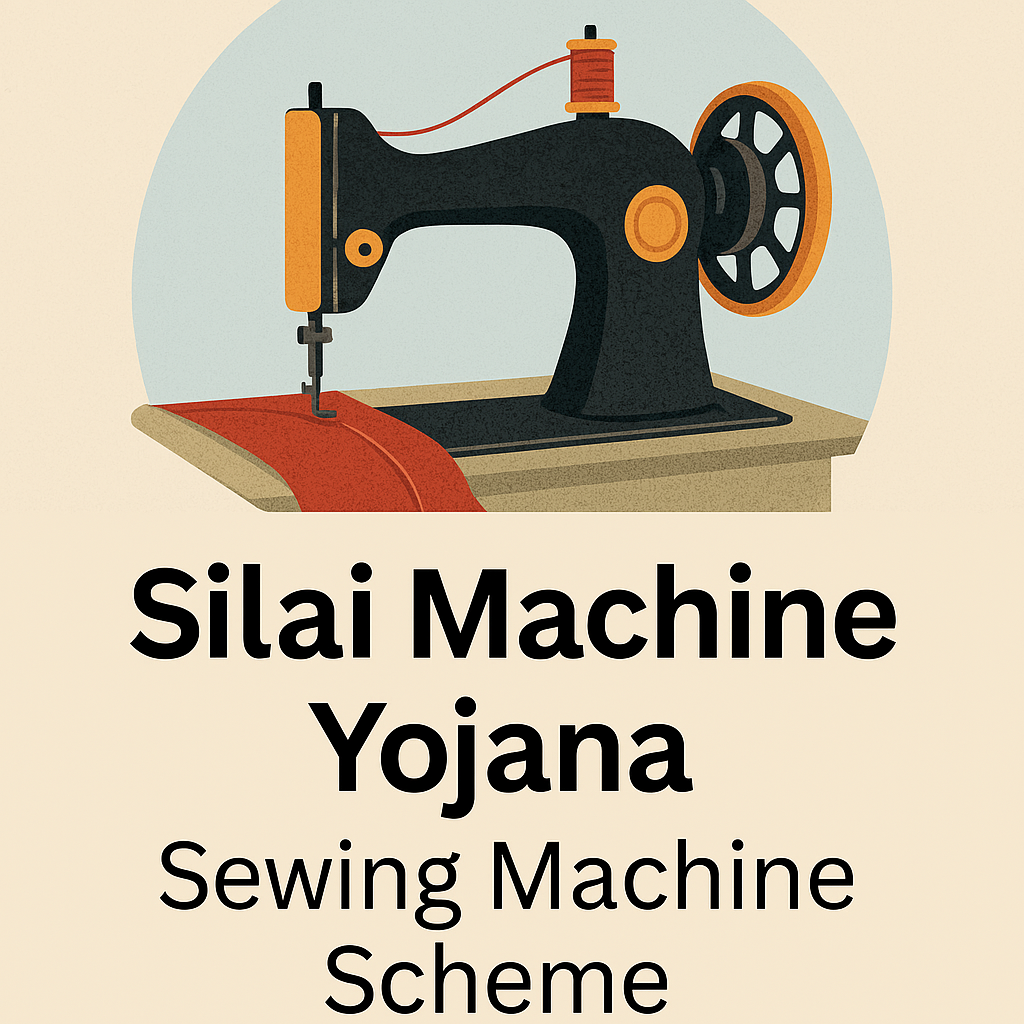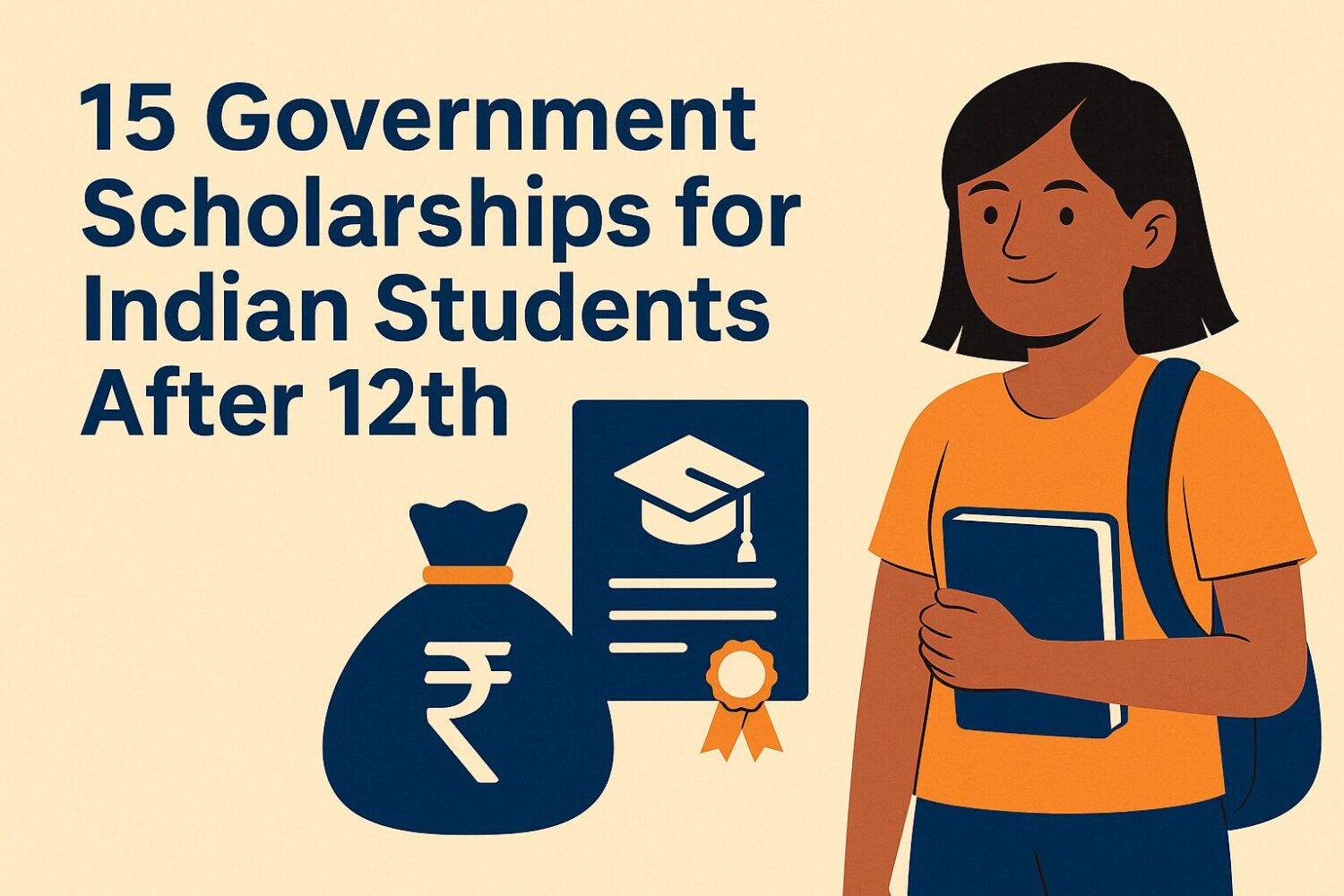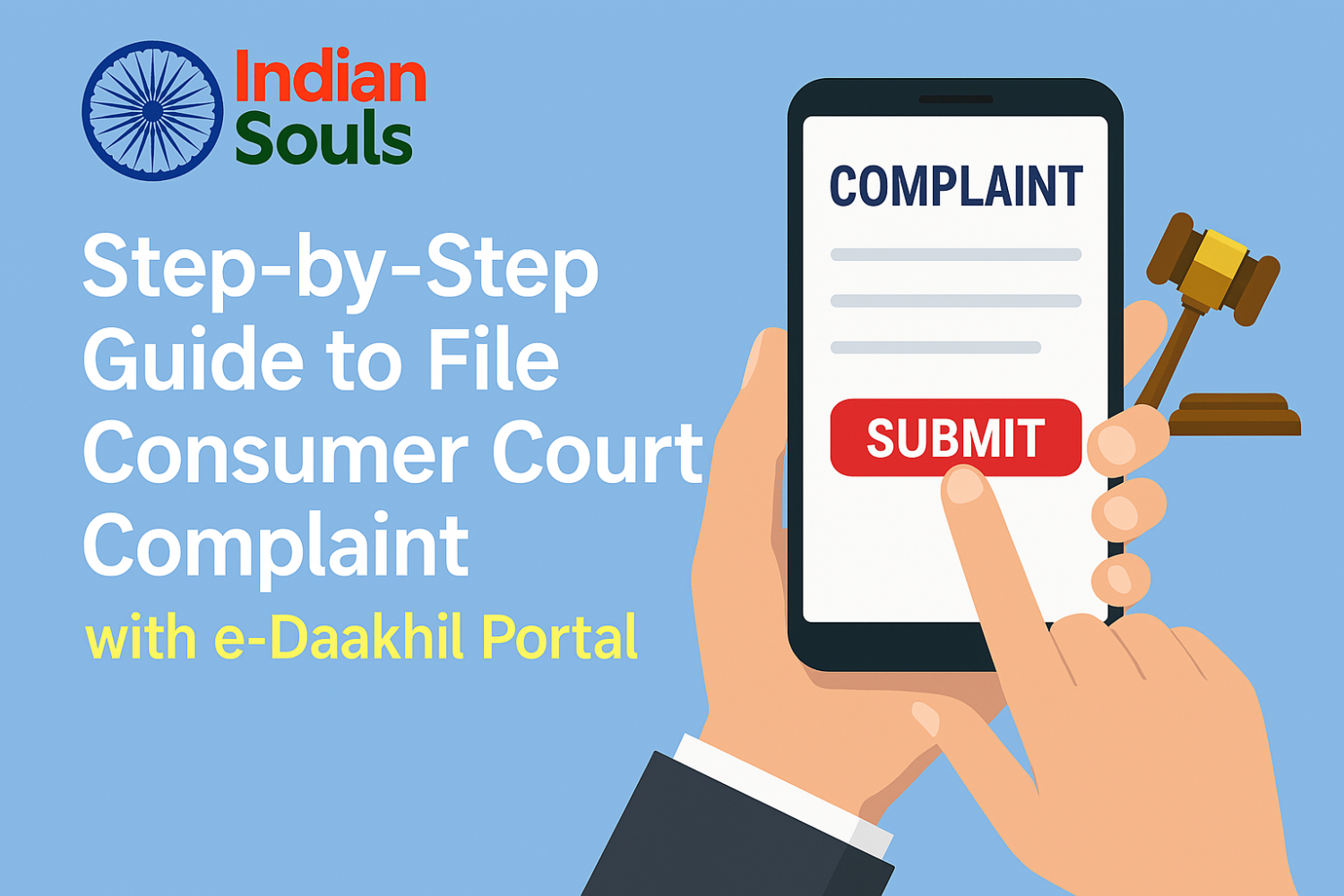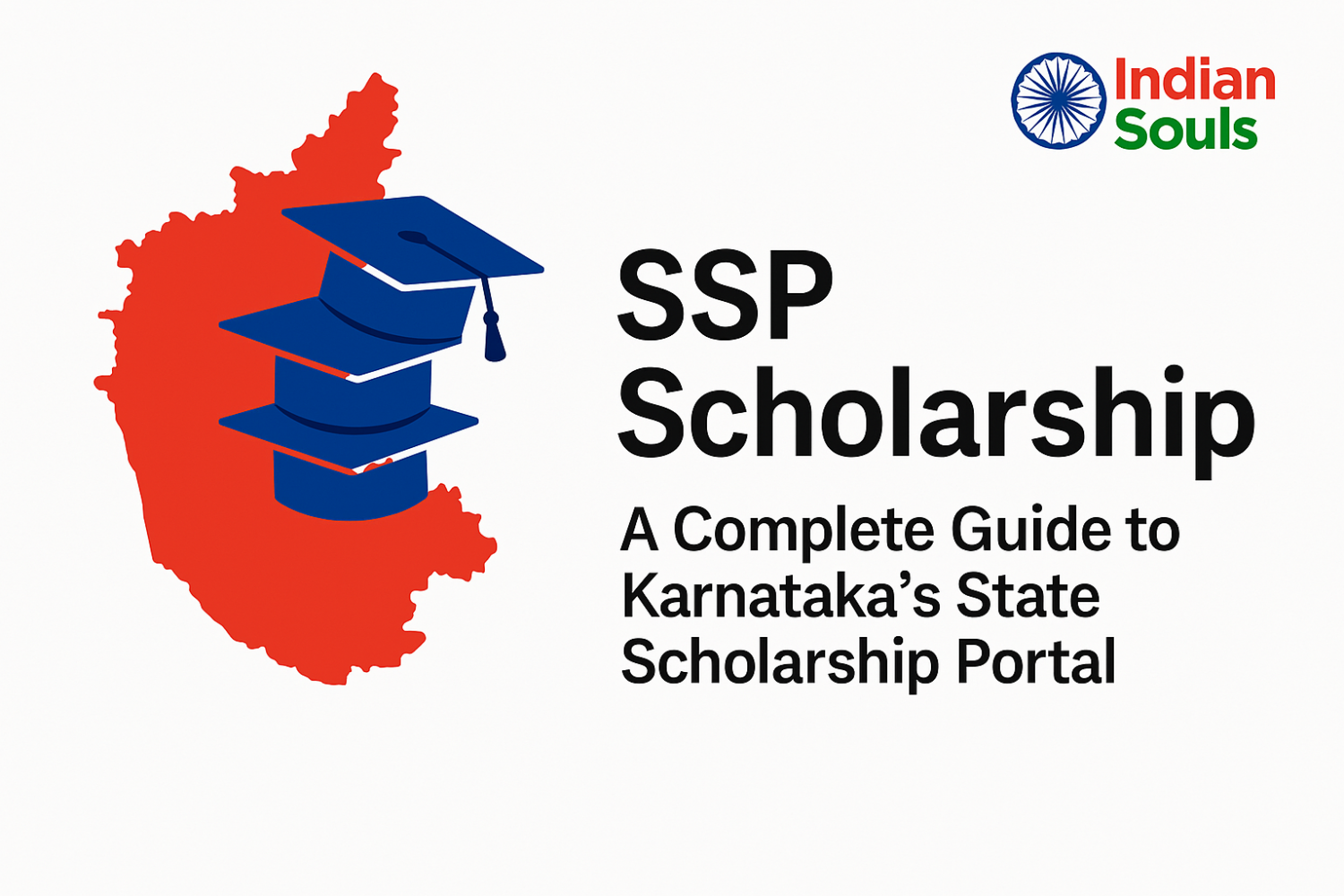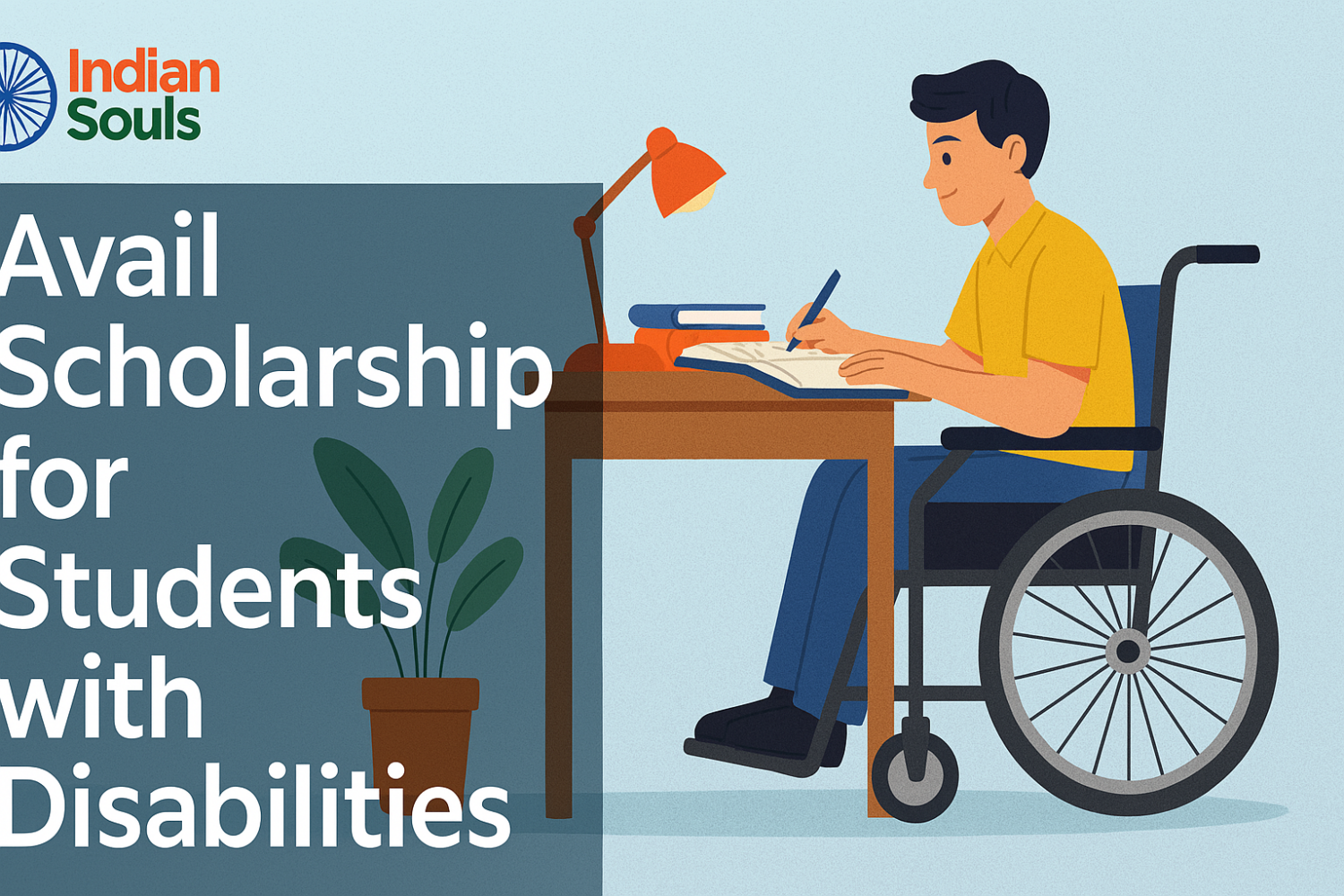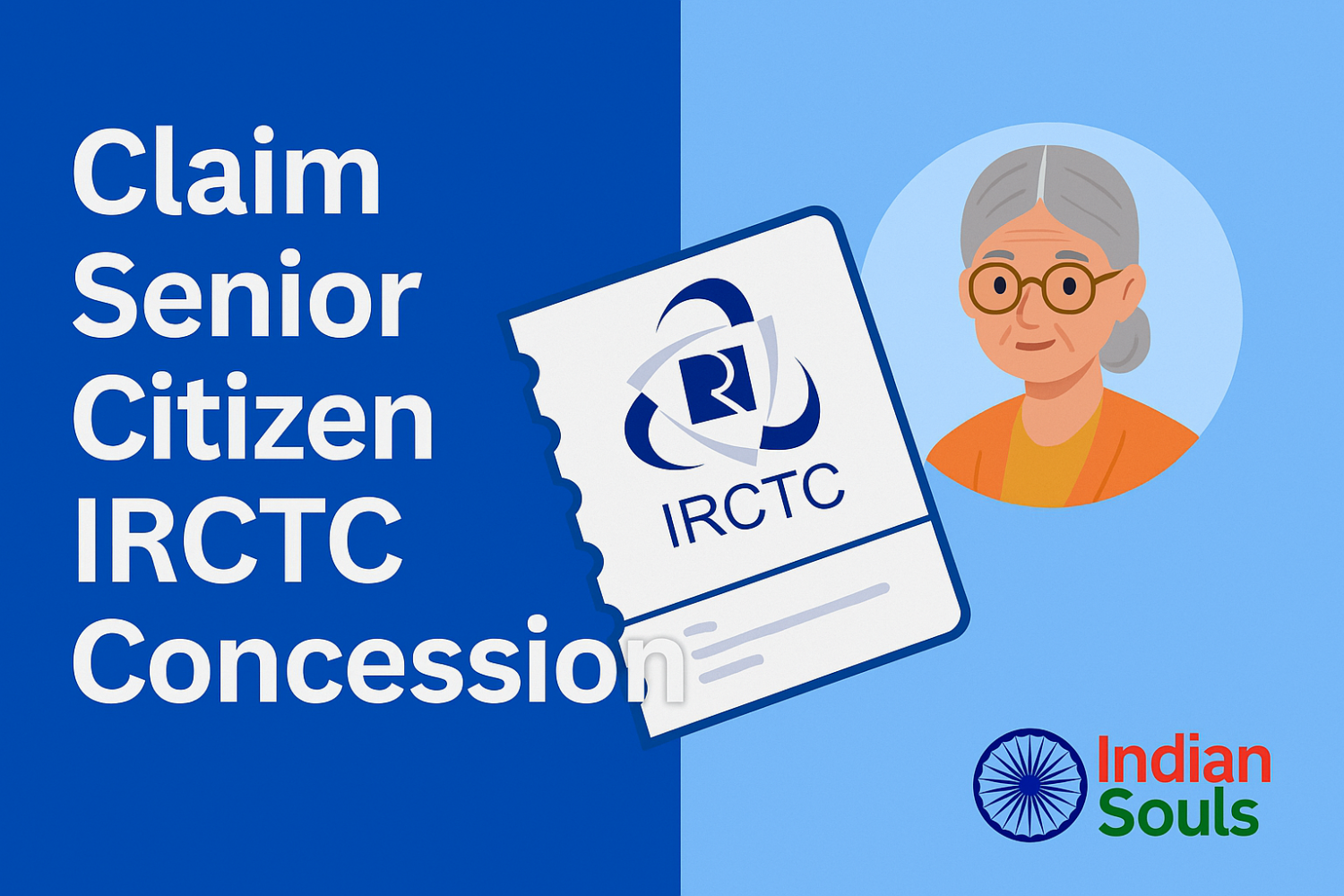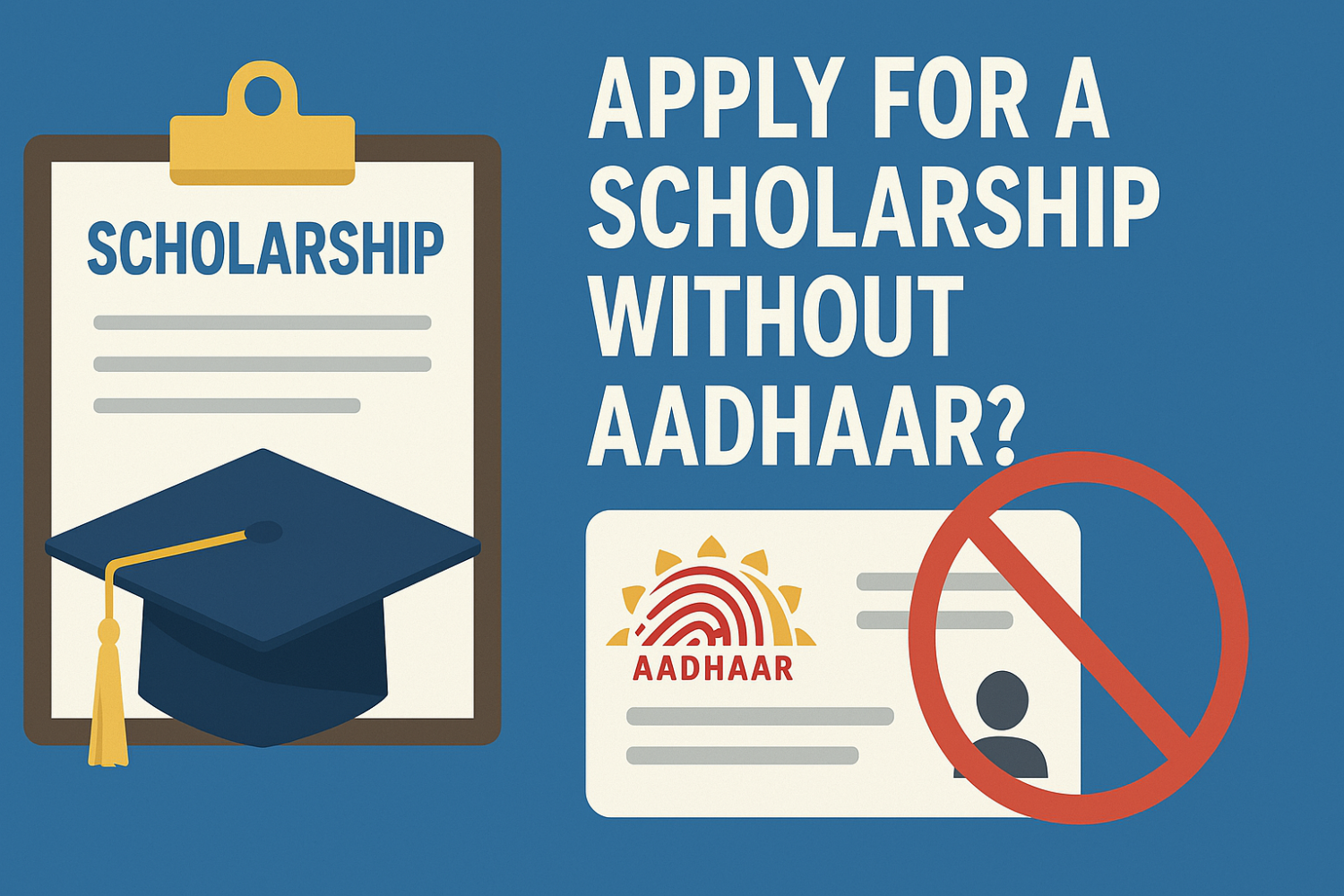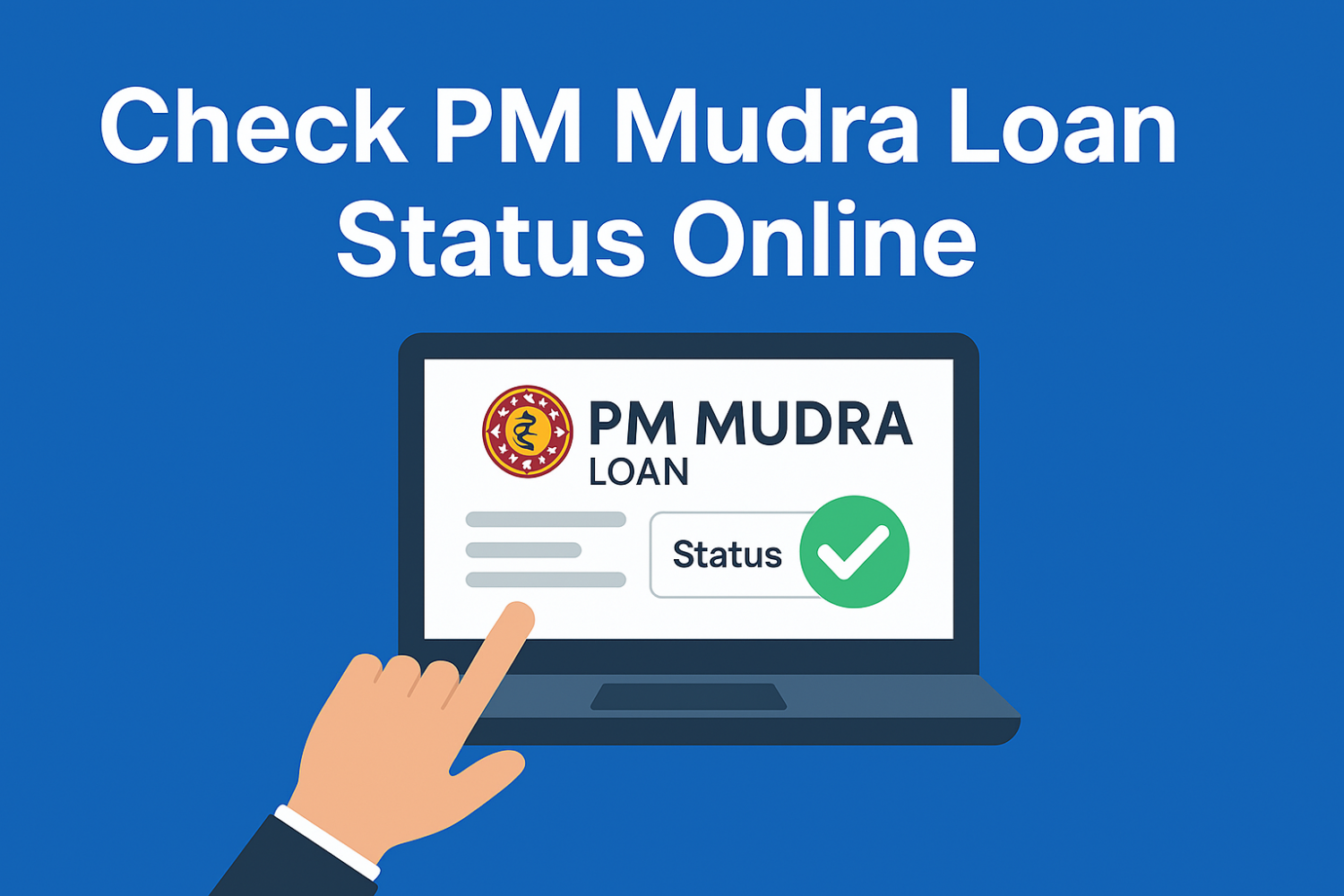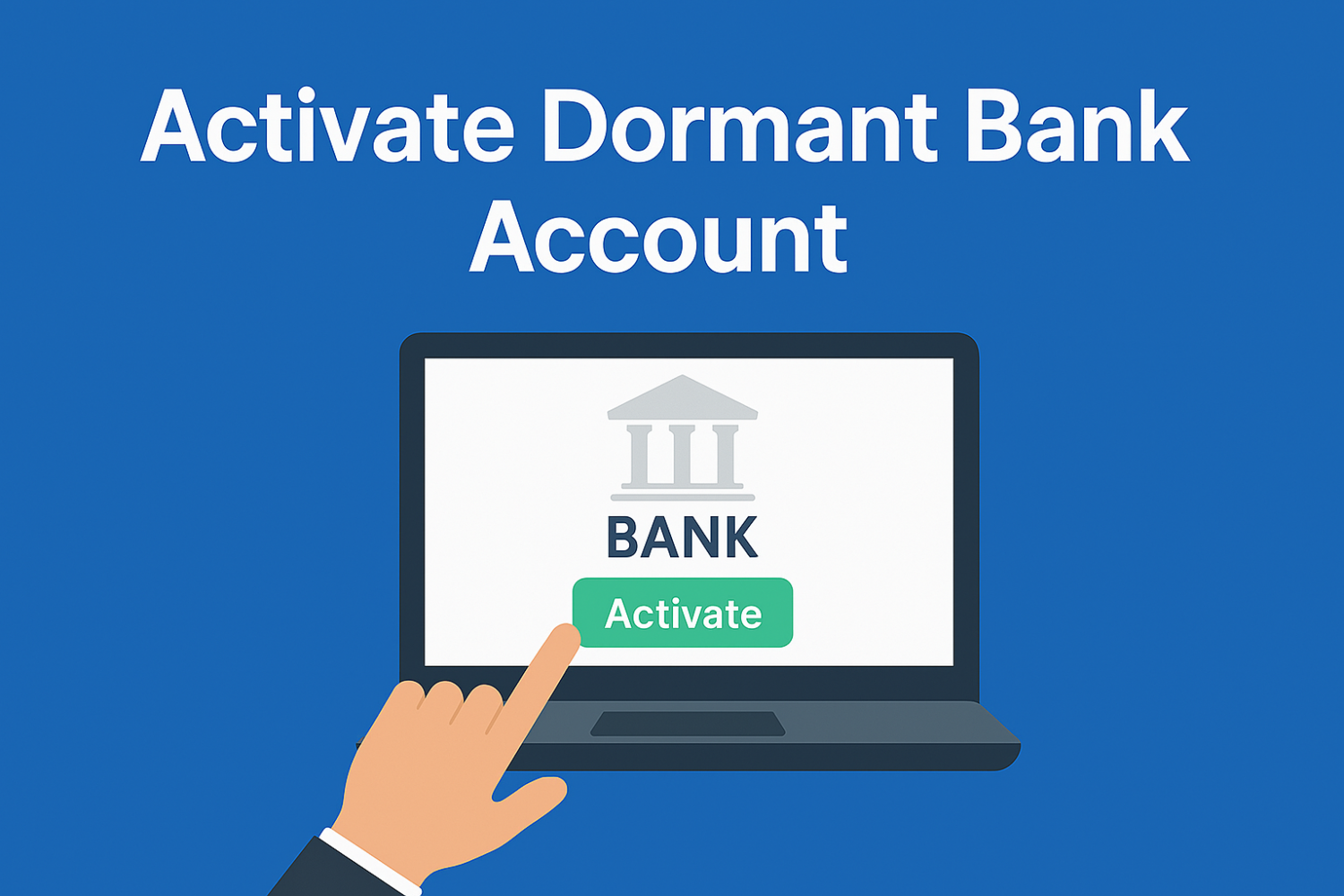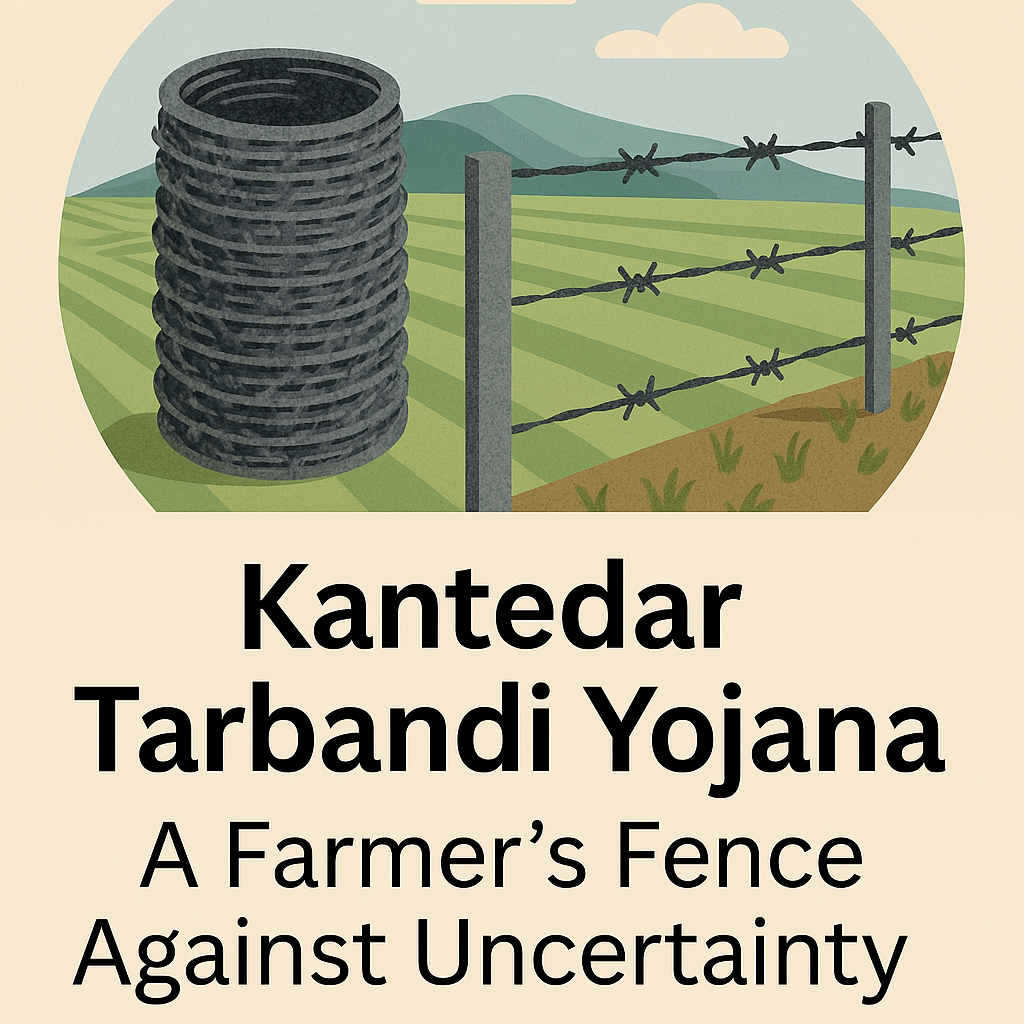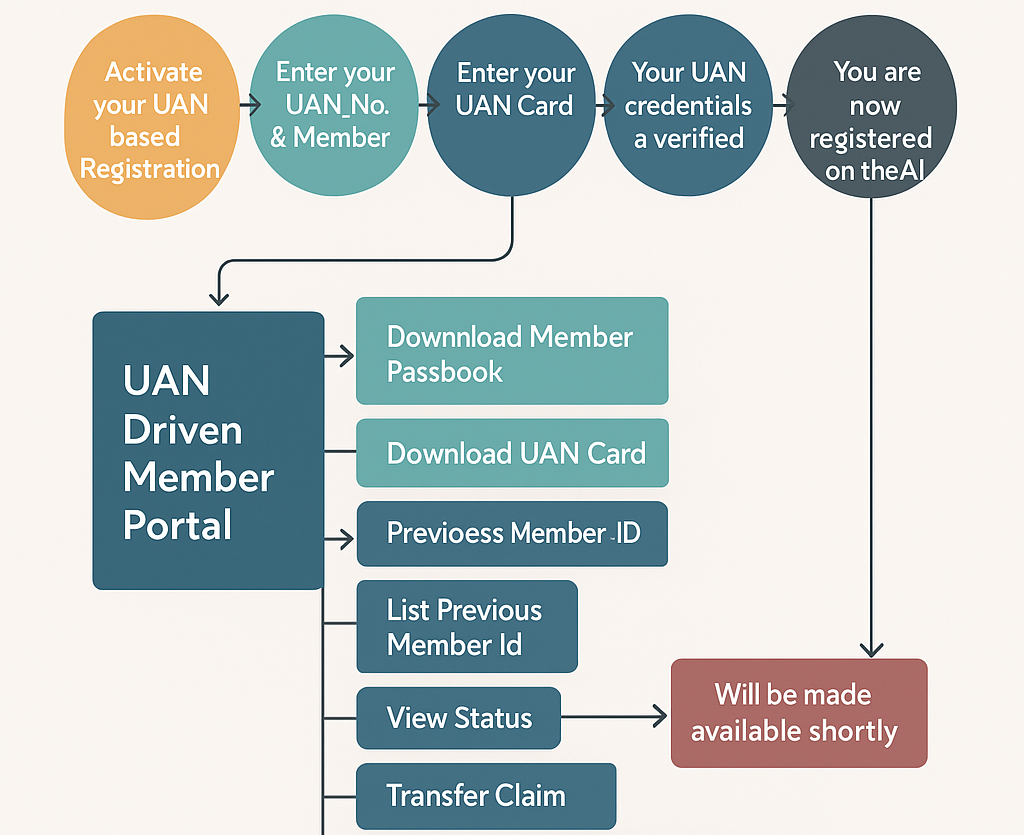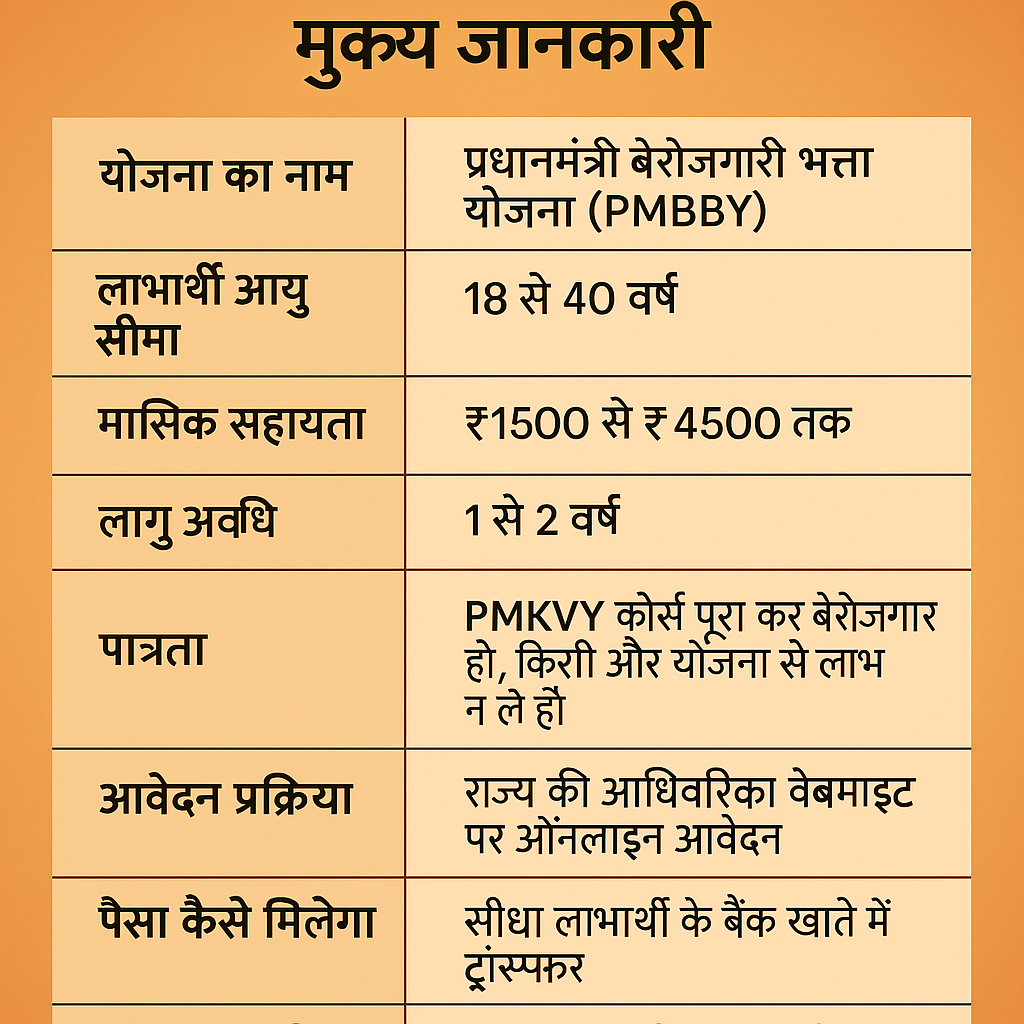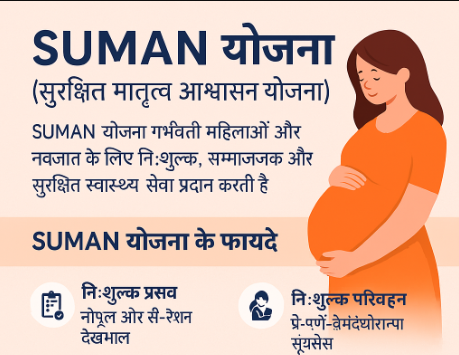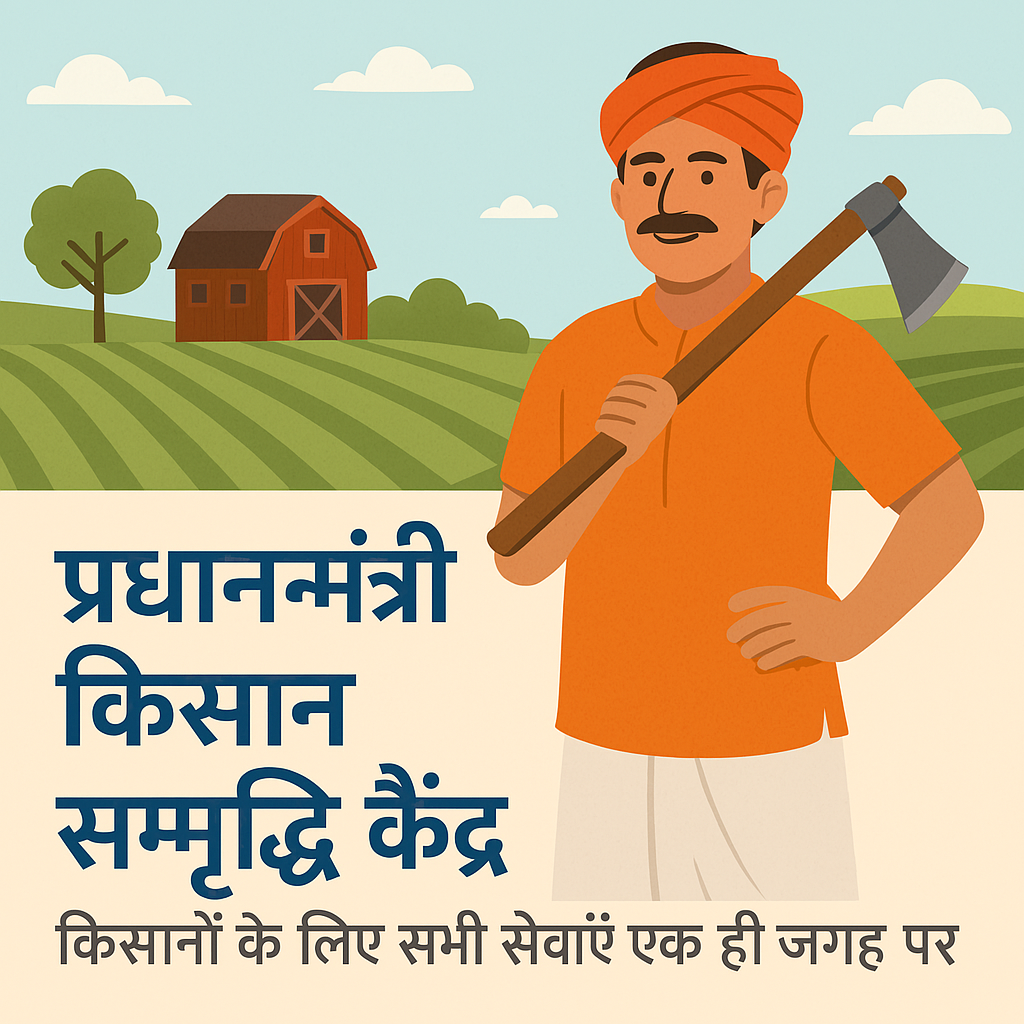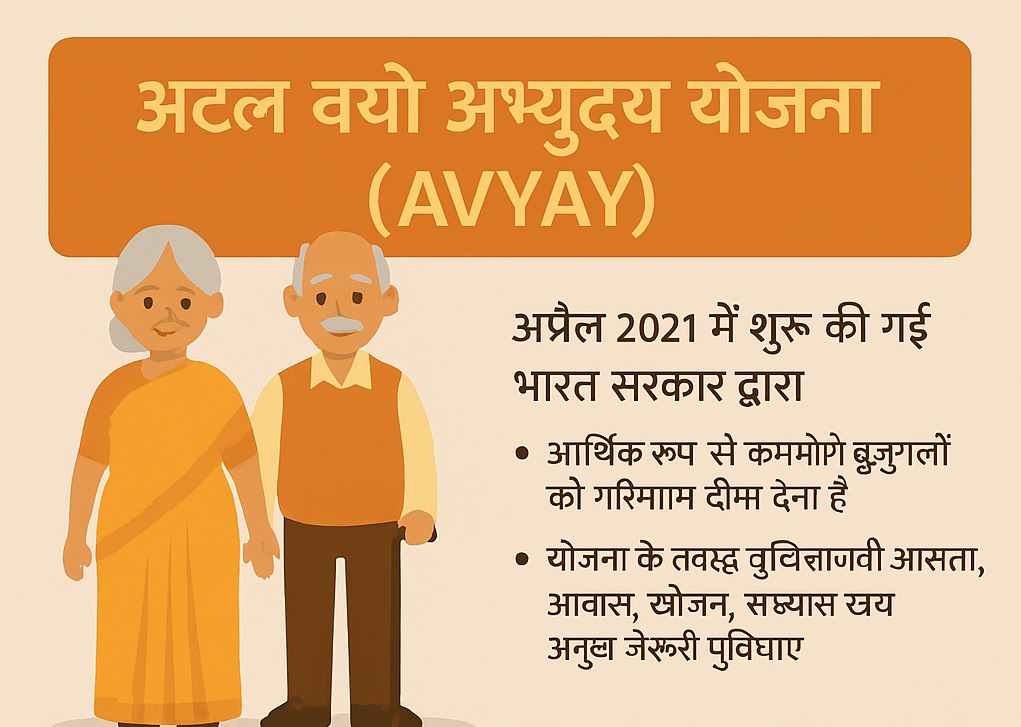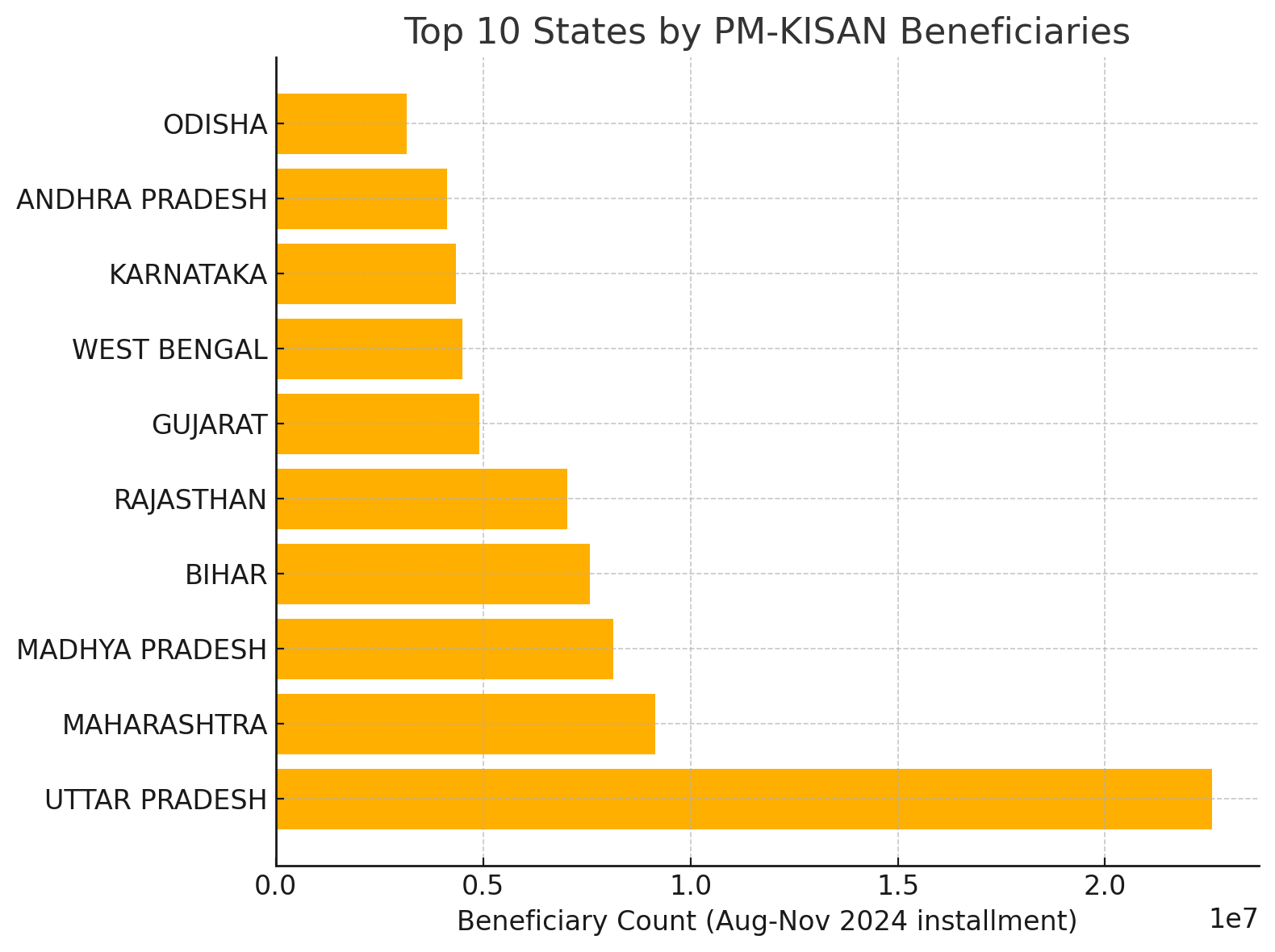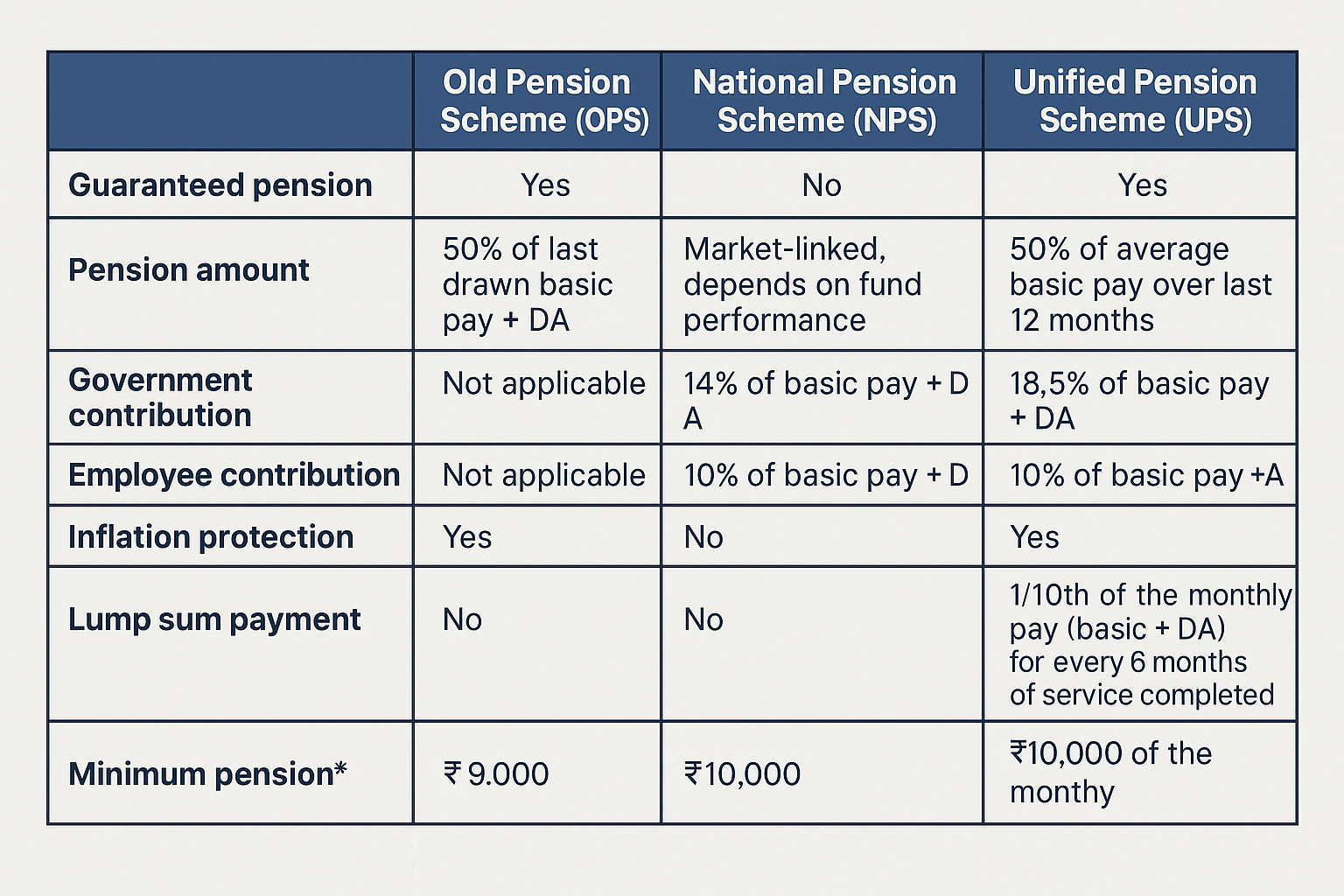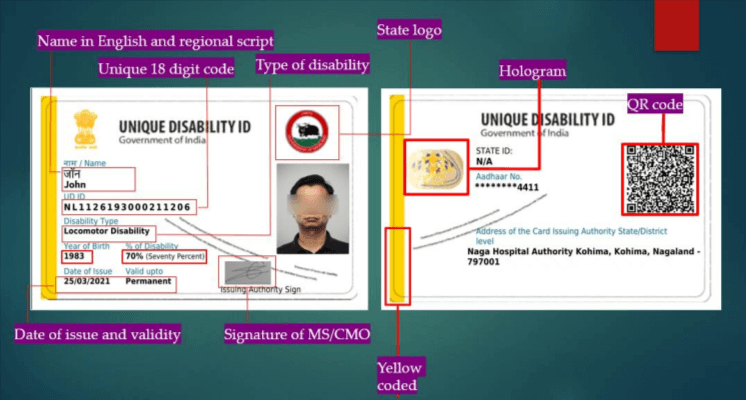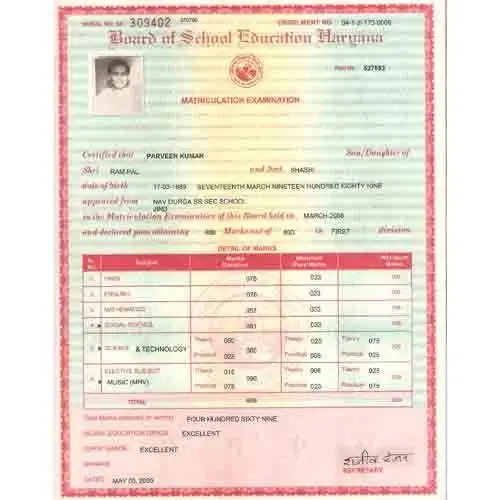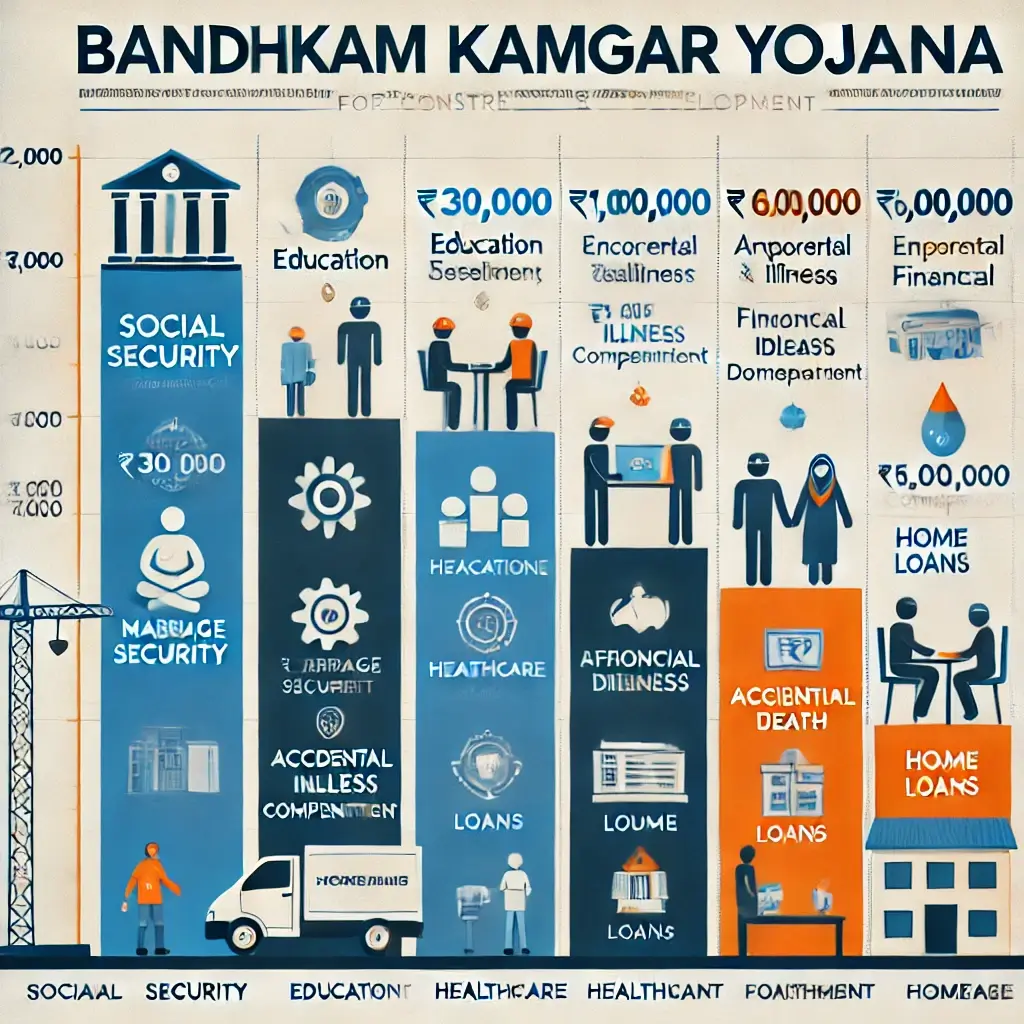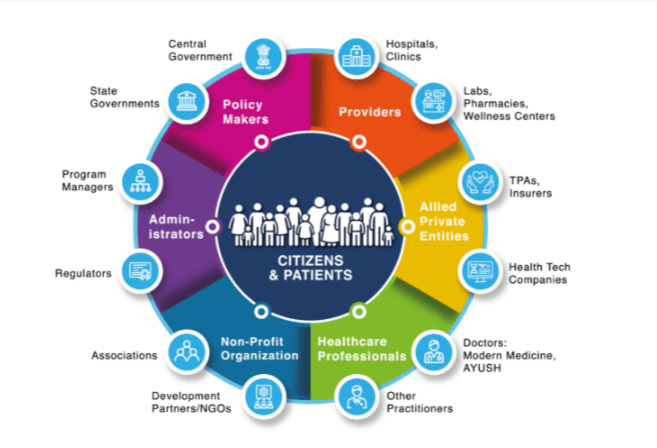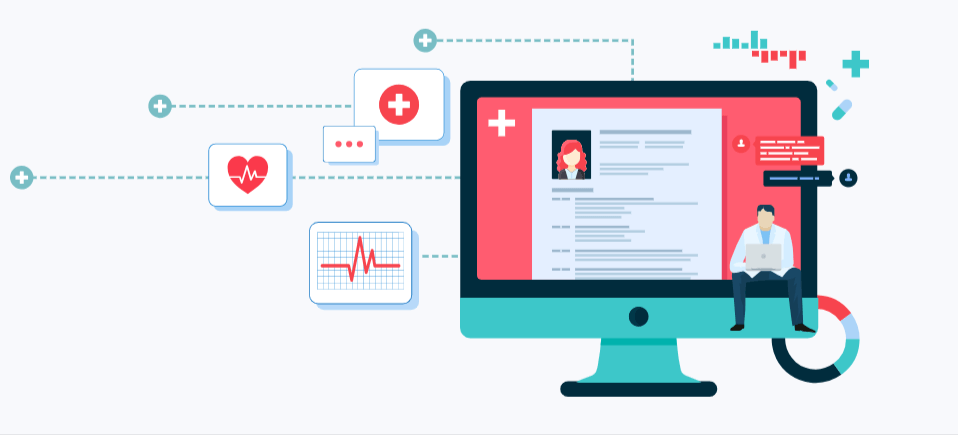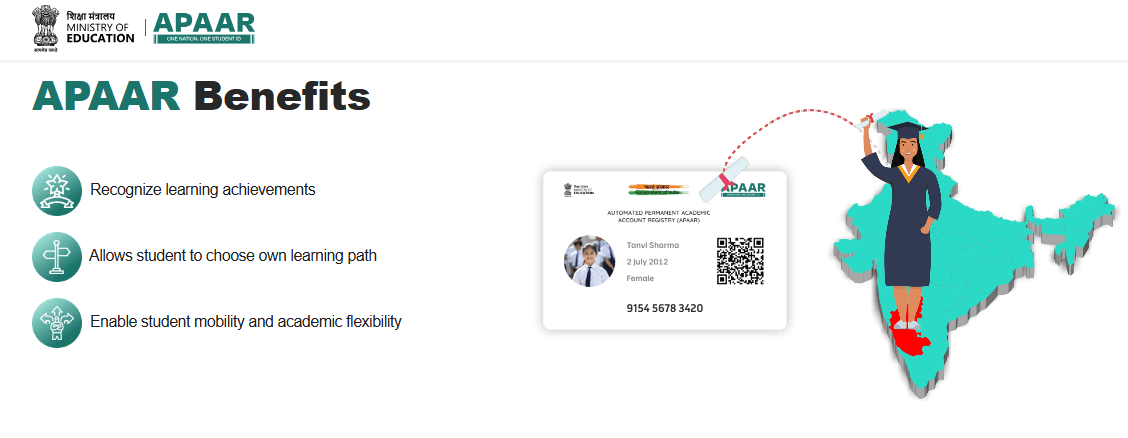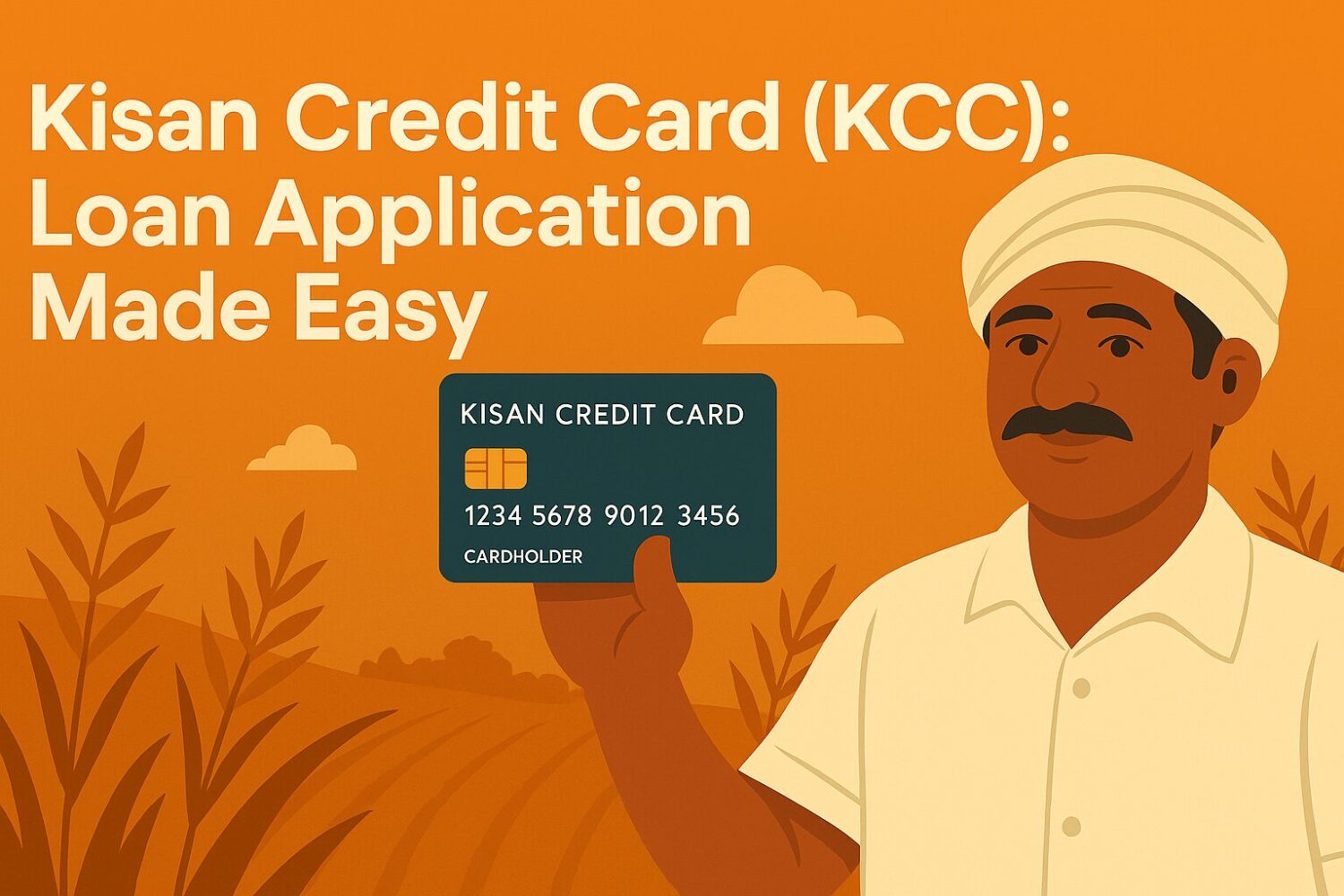
This content was recently updated by Sudhir Singh on May 1, 2025 to improve accuracy.
You cannot wait until the crop is sold to spend on your farm. Seeds, fertilizers, and labour cost money right now. Many farmers borrow from local lenders, but high interest rates make it hard to repay.
The government started the Kisan Credit Card (KCC) to solve this. You get fast, low-interest loans for your farm. Use the money when you need it, repay after your crop sells.
The purpose of the Kisan Credit Card scheme is to provide adequate and timely credit support from the banking system under a single window with a flexible and simplified procedure.
Post-Harvest Expenses Are Real – KCC Helps You Manage Them
After the harvest, many farmers think the hard work is over, but costs keep coming. Storing the crop, transporting it to market, and sometimes even processing it for sale need money. If you don’t have it, you’re forced to sell early or cheap.
KCC doesn’t just help during sowing – it supports you after harvest too.
How KCC Covers Post-Harvest Expenses:
- Storage Costs – Renting space in a warehouse or setting up basic storage at home.
- Transportation Costs – Moving your produce from the farm to the market or storage.
- Processing Costs – Cleaning, grading, or packaging the crop before selling.
This ensures you can hold your crop until the market is right and avoid distress selling.
What is the Kisan Credit Card (KCC) and how does it help?
The Kisan Credit Card is not just a card – it is a loan system built for farmers. It offers quick access to credit without the delays of regular loans. You use what you need and pay only for that.
Here’s what KCC offers you:
- Loans for farming needs at interest as low as 4% per year.
- Easy withdrawal of cash using the card.
- Credit for seeds, fertilizers, pesticides, tools, and farm labour.
- Repayment after the harvest season.
Who Offers KCC Loans and Who Can Apply?
Many farmers don’t know where to go for a Kisan Credit Card. It’s simpler than you think.
KCC loans are available at:
- Commercial Banks – like SBI, Bank of Baroda, PNB, HDFC, and others.
- Regional Rural Banks – serving rural areas with easy access.
- Cooperative Banks – supporting local farming communities.
You don’t need to travel far. Your nearest bank likely offers it.
Who can apply?
- Farmers are involved in crop cultivation.
- People in animal husbandry, like dairy farmers.
- Those in allied activities – fisheries, poultry, etc.
KCC is not just for landowners. Tenant farmers, oral lessees, and joint cultivators are eligible, too.
The goal is simple – provide credit to farmers when they need it, for all types of farming operations.
Many Farmers Can Apply – Are You One of Them?
The scheme is open to more farmers than you may think. Even if you don’t own land, you can still qualify.
You can apply if:
- You are a land-owning farmer, a tenant, an oral lessee or a sharecropper.
- You are involved in fisheries or animal husbandry.
- You are at least 18 years old and actively engaged in agriculture.
If you farm, there’s a good chance KCC is for you.
What do you need to apply Kisan Credit Card?
You don’t need to collect a pile of papers to apply. Just a few key documents are enough. This helps banks process your loan faster.
Keep these ready before visiting the bank:
- Your Aadhaar Card, linked to your bank account.
- Proof of your land ownership or lease documents.
- Your bank account number and IFSC code.
- 2 passport-sized photographs.
These are standard, and banks will let you know if they need anything more.
Applying for Kisan Credit Card KCC is Simple – Follow These Steps
Many farmers delay applying because they think it’s hard. It’s not. The process is easy, whether you apply at a bank or online.
Here’s how to apply offline:
- Visit your nearest bank branch – most major banks support KCC.
- Ask for the Kisan Credit Card application form.
- Fill the form with your personal and farm details.
- Submit it along with your documents.
- Bank officials will verify your land and crops.
- If approved, they’ll issue your KCC and tell you your loan limit.
You can also apply online, but some prefer the personal help banks offer in person.
What Happens After Approval?
Once you have the card, you don’t need to wait for cash. Your loan amount is linked to the card. You can withdraw money for any farm need.
Here’s what you get:
- A credit limit based on your crop and land size.
- Access to cash withdrawals for farm expenses.
- Insurance cover in case of crop loss.
- Option to repay the loan after harvest without stress.
You pay interest only on the amount you use, not the full limit.
Benefits That Make Kisan Credit Card Better Than Regular Loans
Farmers often take loans from moneylenders or local sources because banks are slow or complicated. KCC was made to change that. Once you get the card, you can focus on your crops, not on finding cash or worrying about high interest.
Here’s why KCC works for farmers like you:
- Low-interest rates if you repay on time, as low as 4% per year.
- You only pay interest on the amount you use, not the whole limit.
- Flexible repayment – you repay after the crop is sold.
- Loan insurance – if crops fail due to weather, you’re protected.
- One-time approval, long-term use – no need to reapply for every loan.
Common Mistakes Farmers Make – Don’t Let These Stop You
Some farmers apply but don’t get the card. Often, it’s because of small errors. These can delay or block your approval.
Watch out for these issues:
- Giving incorrect or incomplete documents – make sure your Aadhaar, land papers, and bank details are correct.
- Not linking Aadhaar with your bank account – subsidy benefits come through this.
- Waiting too long to repay – pay on time to keep the 4% interest rate.
- Not knowing the exact limit, understand how much you can borrow.
These are easy to avoid if you take care when applying and follow up.
15 FAQS About Kisan Credit Card (KCC)
1. Is KCC only for big farmers?
No, small and marginal farmers, even tenant farmers, can apply. It’s for all types of farmers.
2. How much loan can I get with the Kisan Credit Card?
Loan limits depend on your land size and crop type. Usually, from ₹10,000 to ₹3 lakh.
3. What’s the interest rate for the Kisan Credit Card?
Normally, 7%. If you repay on time, you get a 3% subsidy, making it 4%.
4. How do I repay the loan?
After you harvest and sell your crop, repay the loan. It’s flexible.
5. Can I use the loan for anything?
No, it’s for farm-related needs – seeds, fertilizers, labour, equipment.
6. Do I need a guarantor?
Not for small loans. Bigger loans may need one, depending on the bank.
7. How long does it take to get the card?
If your papers are correct, you can get them in 7–10 days.
8. Is the Kisan Credit Card linked to PM Kisan?
Yes, you can apply through the PM Kisan portal if you are registered.
9. Can I withdraw cash from an ATM?
Yes, the card works like a debit card for withdrawing your approved loan amount.
10. What if I don’t repay on time?
You lose the 3% interest subsidy. You may have to pay the full 7% or more.
11. Is there crop insurance with the Kisan Credit Card?
Yes, your crops are insured under this scheme against natural calamities.
12. Can I apply for a Kisan Credit Card online?
Yes, through your bank’s website or the PM Kisan portal.
13. What if my application is rejected?
Ask the bank for the reason. Correct it, and reapply.
14. Can I use KCC for animal farming?
Yes, KCC now covers fisheries and animal husbandry too.
15. Do I need to reapply every year?
No, once issued, you can use it for multiple seasons, as long as you repay.


